We arrived into Bangkok in the early afternoon, thankful for a flyover-style freeway that took us directly into the centre of town bypassing all the traffic. We had lodgings in a small (but not that quiet!) alley just off the backpacker haven of Khao San Road. Over the next two days we availed ourselves of the food, drinks, massages, and entertainment on offer.
Buying souvenirs off the street vendors.
Ghighi decided to get her hair braided, and a henna tattoo.
Our first ‘tourist’ site at Bangkok was the Grand Palace complex. This was absolutely packed with a massive crush of people, but justifiably so – the level of decoration and opulence on display far surpassed anything we had seen so far. The grounds and gardens cover almost 100 hectares, all full of temples, buildings, gardens and more.
Around the 2km long cloisters that form the inner perimeter is a mural depicting the Thai version of the Ramayana, decorated in gold leaf.
One of the key structures is Wat Phra Kaew (also known as the Temple of the Emerald Buddha). This is one of the most holy sites for Thai Buddhists.
Photos are not allowed inside, but you can get a distant shot of the titular statue from outside.
The grounds continue in a seemingly endless stream of gold leaf, mosaics and other splendour.
The other site we visited in our very limited time in Bangkok was the nearby temple complex of Wat Pho. As for the Royal Palace, if it wasn’t in Thailand it would seem over the top – but here it’s just spectacular. One of the most famous attractions at Wat Pho is the largest reclining Buddha in the world – 46 metres long, 15 metres tall and covered in gold leaf.
Again, the rest of the vast temple grounds are just as impressive, containing many shrines, relics, statues and stupas.
With a few days left in Thailand we deliberately cut our time in Bangkok short and escaped back out into the countryside, heading to Surin in Eastern Thailand. Surin is known for its handicrafts (silk and silver, in particular), and its elephants – the Isen people still have ‘family’ elephants, although most are used for tourism instead of farm work these days.
Taking a day tour with a local guide proved to be a good move, as we were able to go behind the scenes and see the real village life, and how goods are made. First stop was a basket weaving village.
Then on to see the silk being made. Handwoven silk starts with rearing the silkworms using mulberry trees (their favourite food), then killing the silkworm and boiling the cocoon to extract the silk, strand by strand.
Some boiled silkworms, tastes a little bit like corn. The texture, however, is not recommended.
Trays of cocoons awaiting boiling.
It’s a laborious process that is normally done by the women while there isn’t much work to be done in the fields.
The local villagers were as curious about us as we were about them.
Typical village ingenuity – that’s a ride-on lawnmower engine transplanted into a ute.
The villages seemed dusty but well kept, poor but happy.
Our next stop was to see the silk now being woven into the cloth, on the traditional manual looms.
The final stop was the elephant village of Ban Ta Klang, where the elephants live with the local families. Don’t think there’s many places in the world a warning sign like this is needed.
It didn’t take long to find the elephants, including an adorable baby. Since they have a lifespan comparable to humans, they typically bond with a trainer of a similar age and stay with them (and the family) for life.
The adults are the village were more impressive, if less adorable! We fed them bananas, which the villagers liked, since a fully grown elephant eats around 150kg of food a day.
Out in the countryside again, we saw these villagers herding their buffalo across the fields after a swim.
Back through the village on the way home we made one last stop for a mother and baby elephant – more bananas!
After a good night’s sleep, we made our way to the nearby Cambodian border. After a brief argument with the Thai border guards, who insisted we were lacking in a piece of paperwork (rectified for 200 baht each), we crossed to the 6th country of the trip.

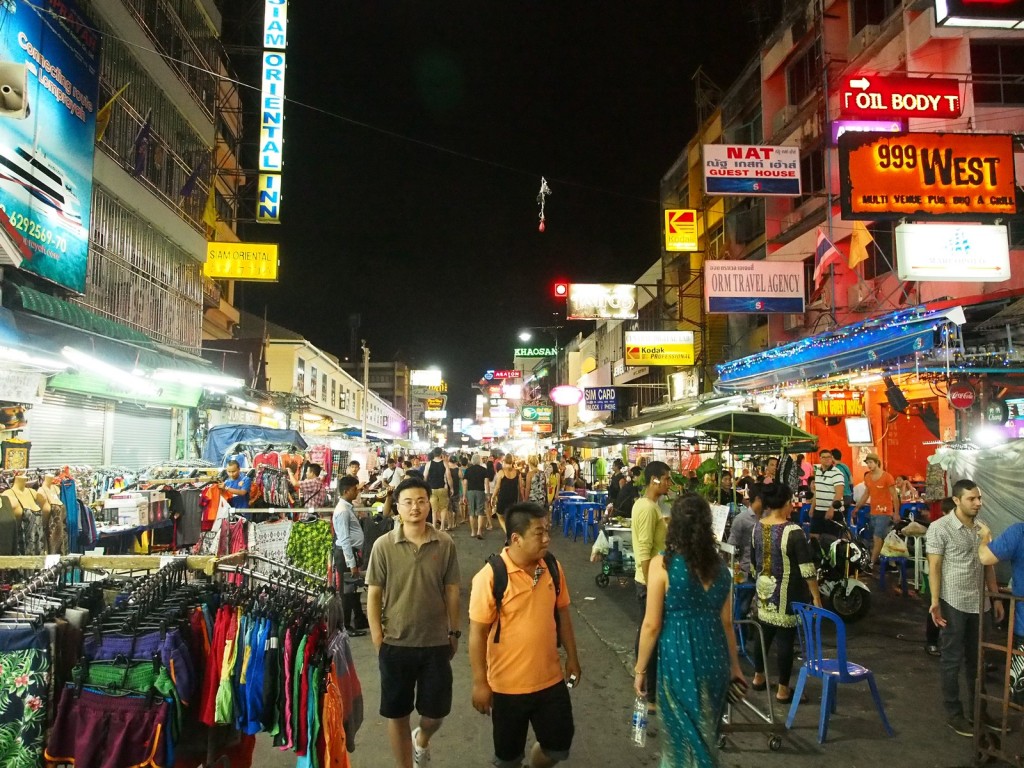
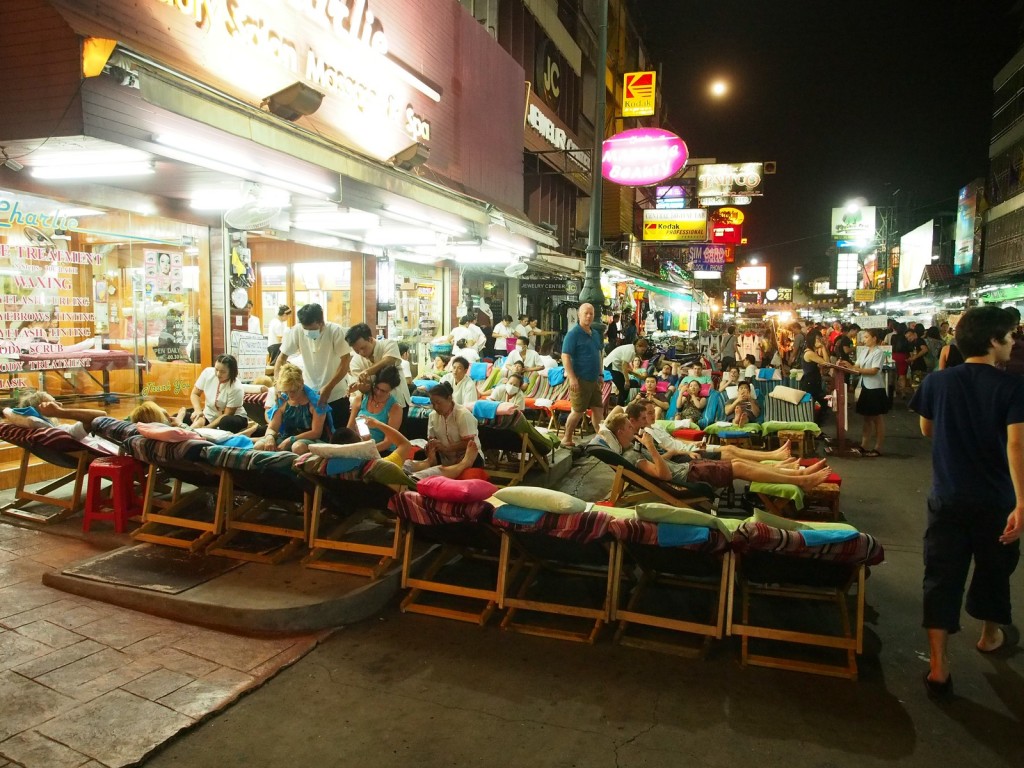
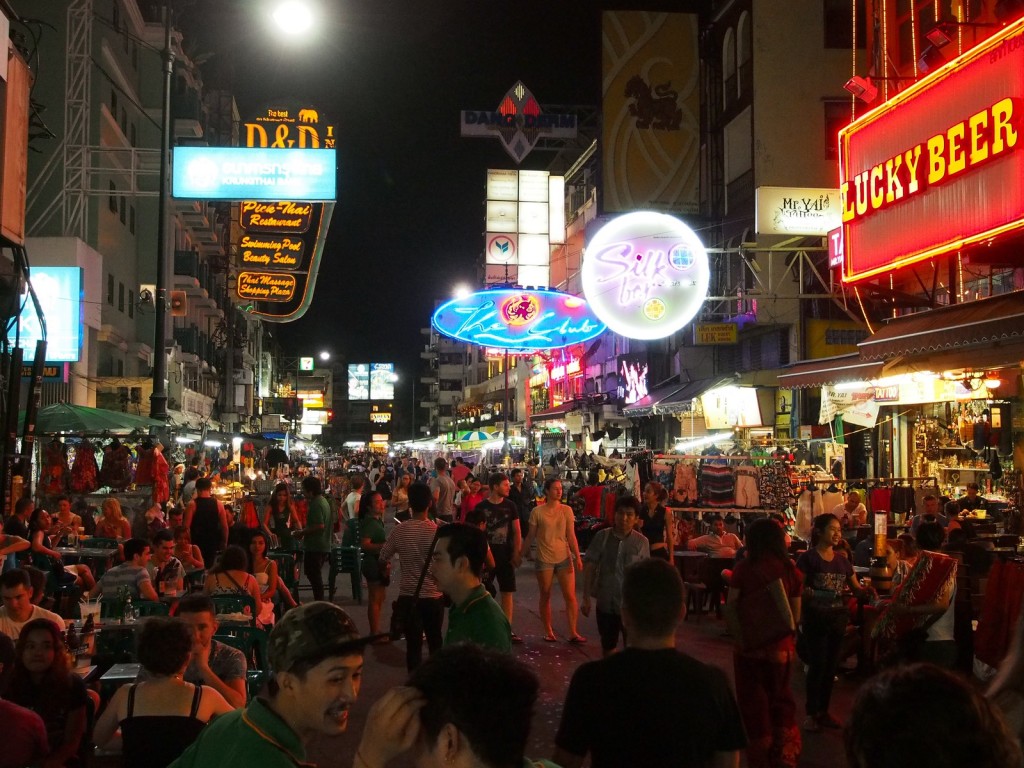
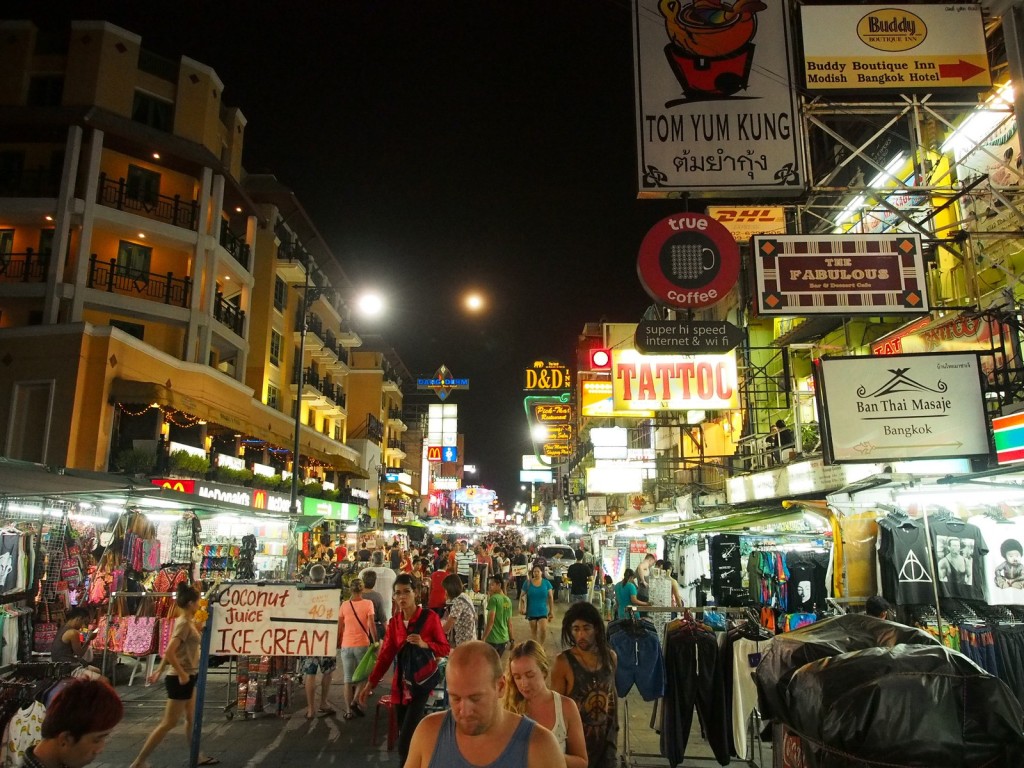
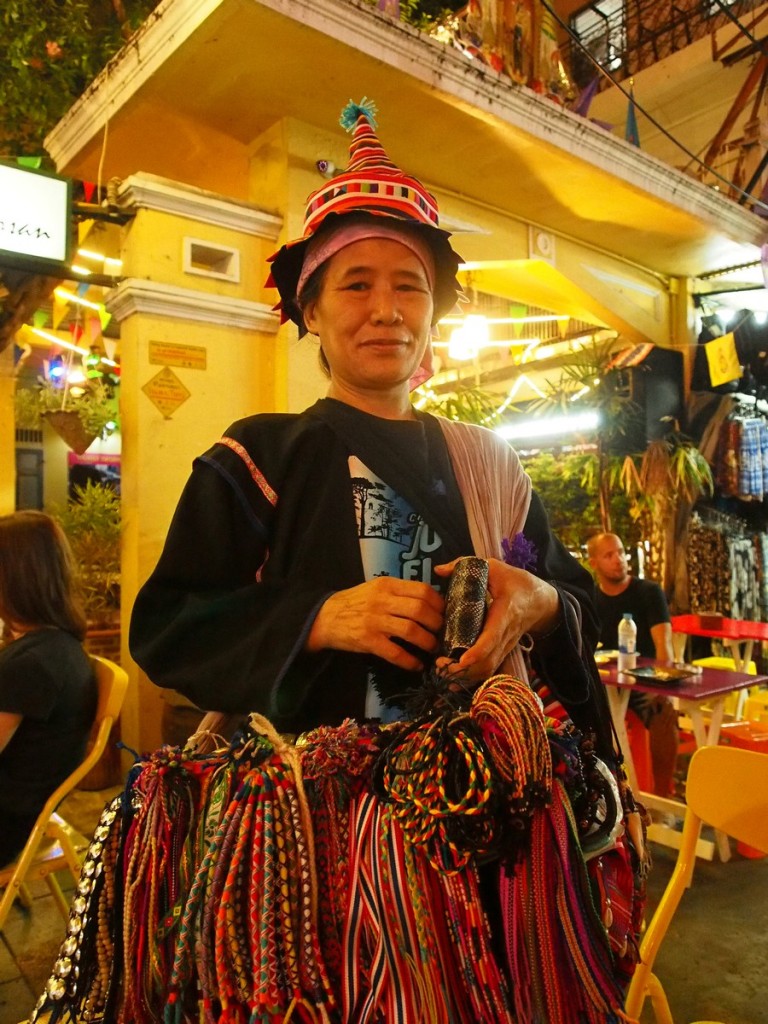
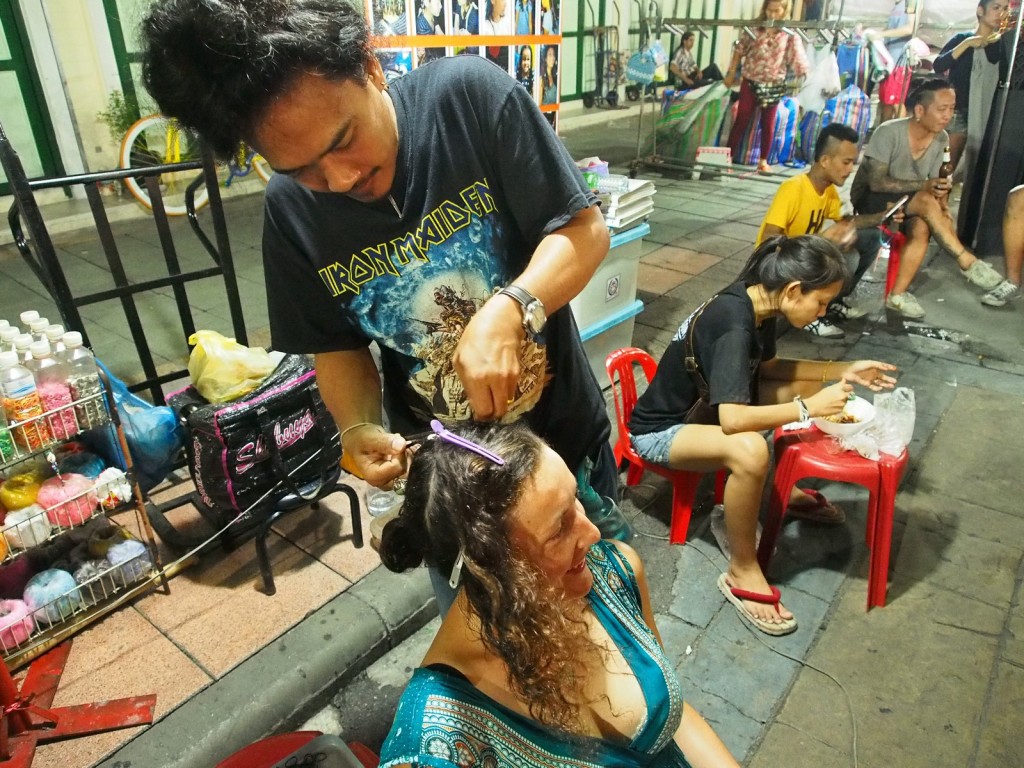
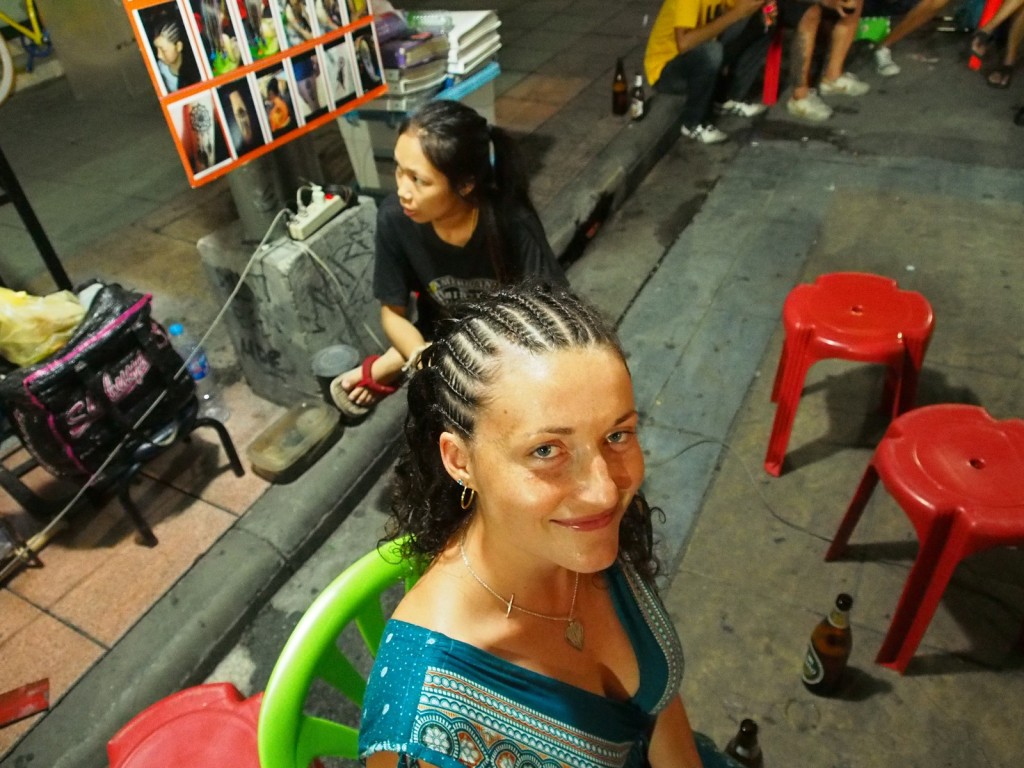
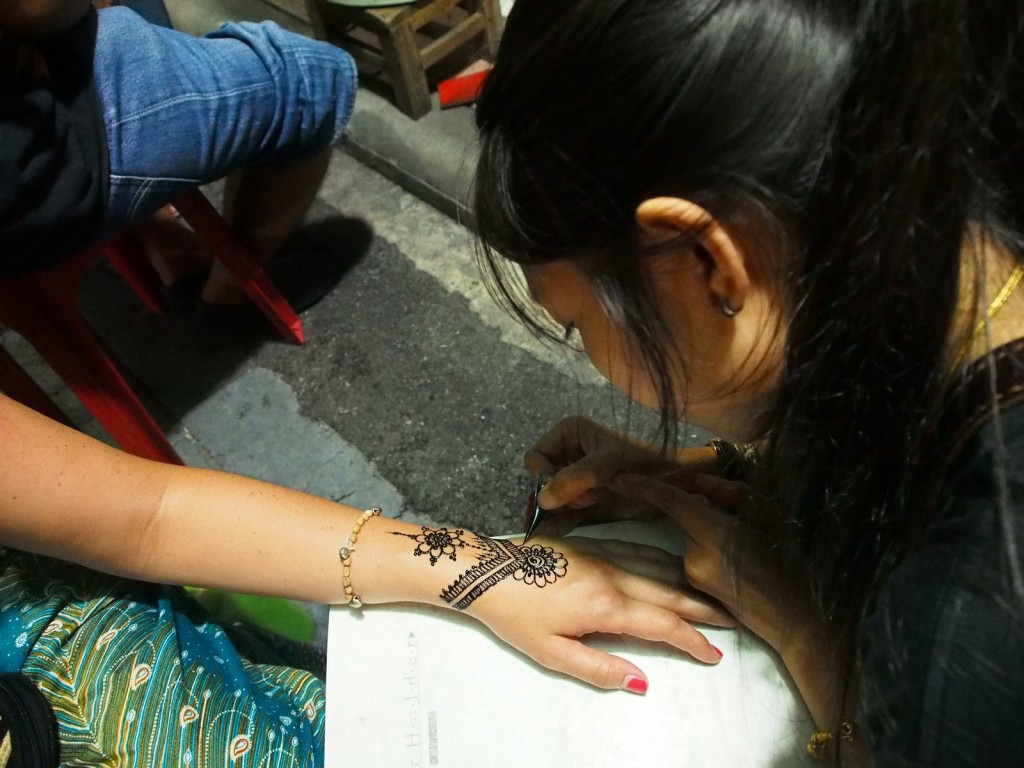
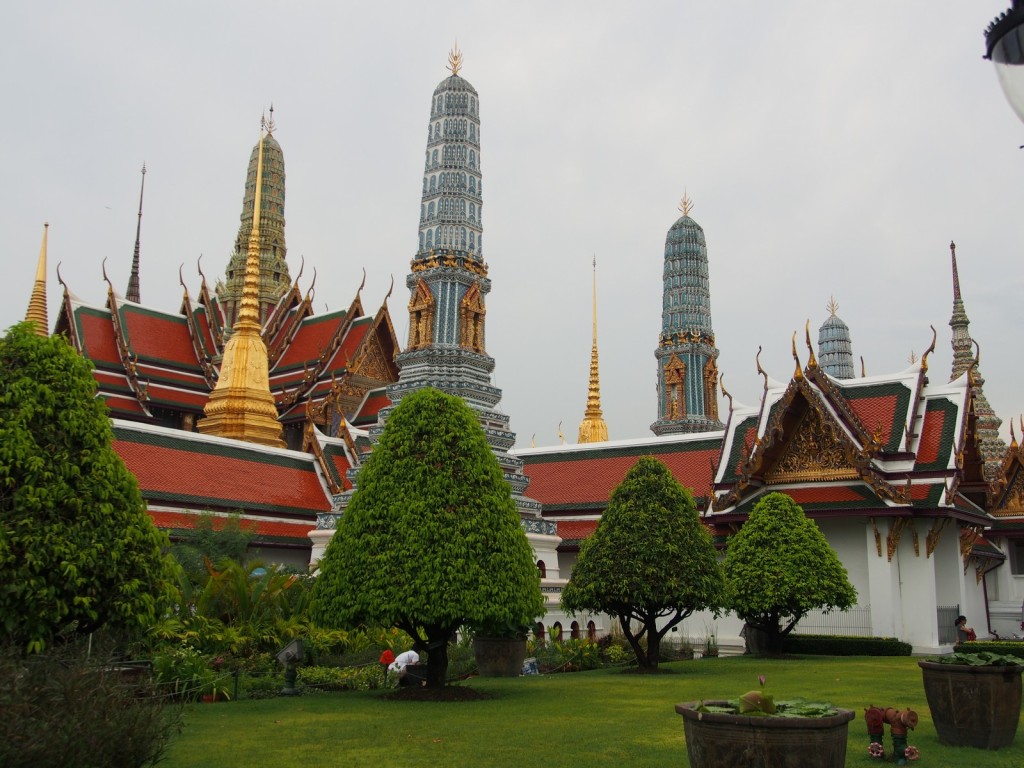
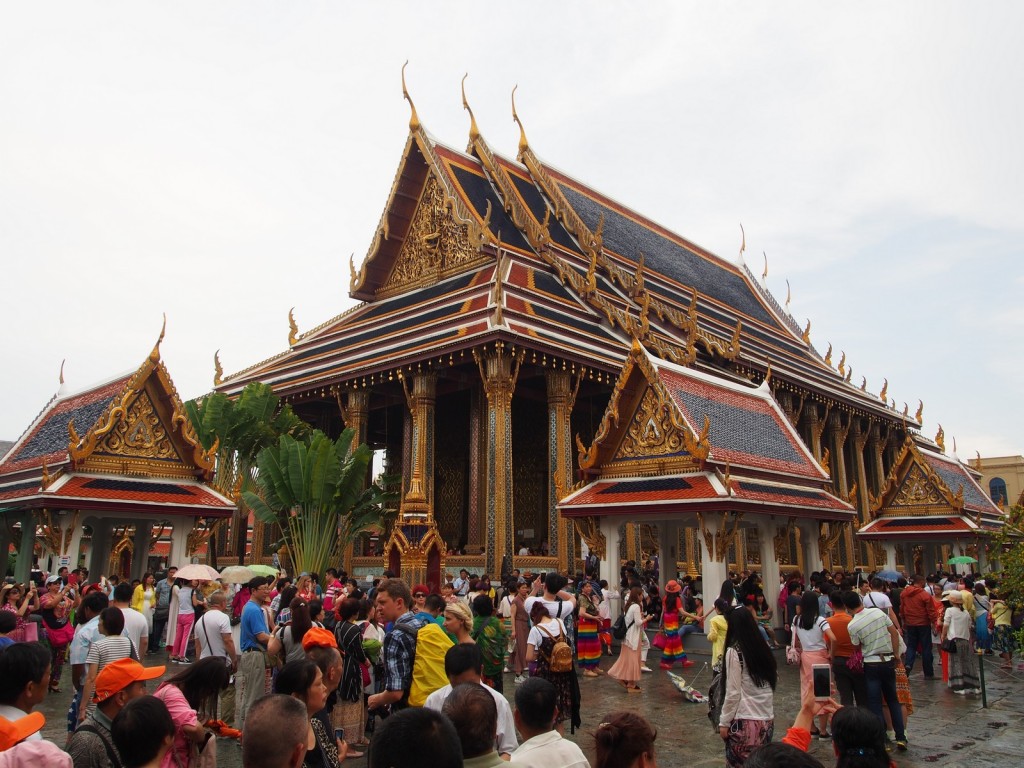
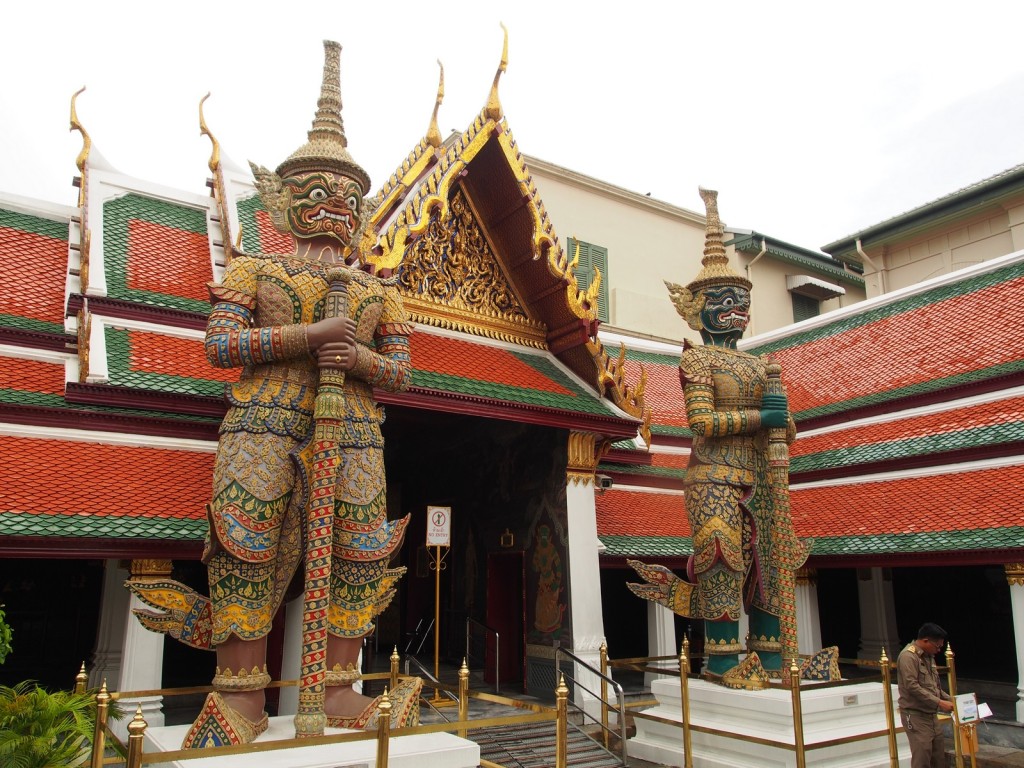

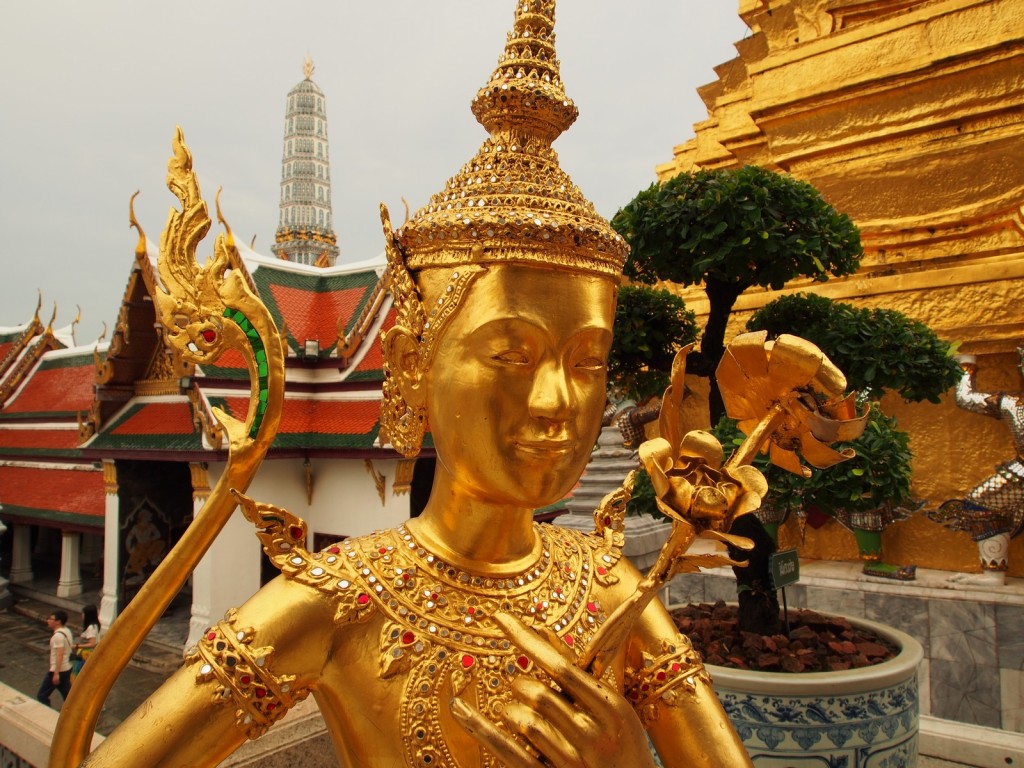
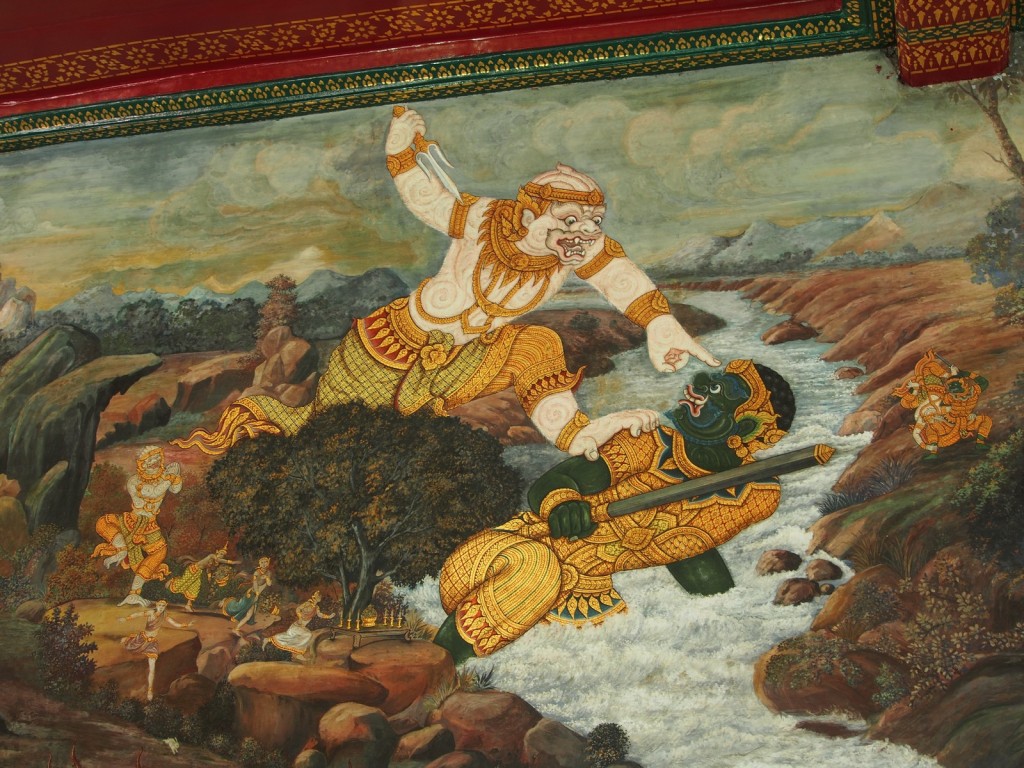

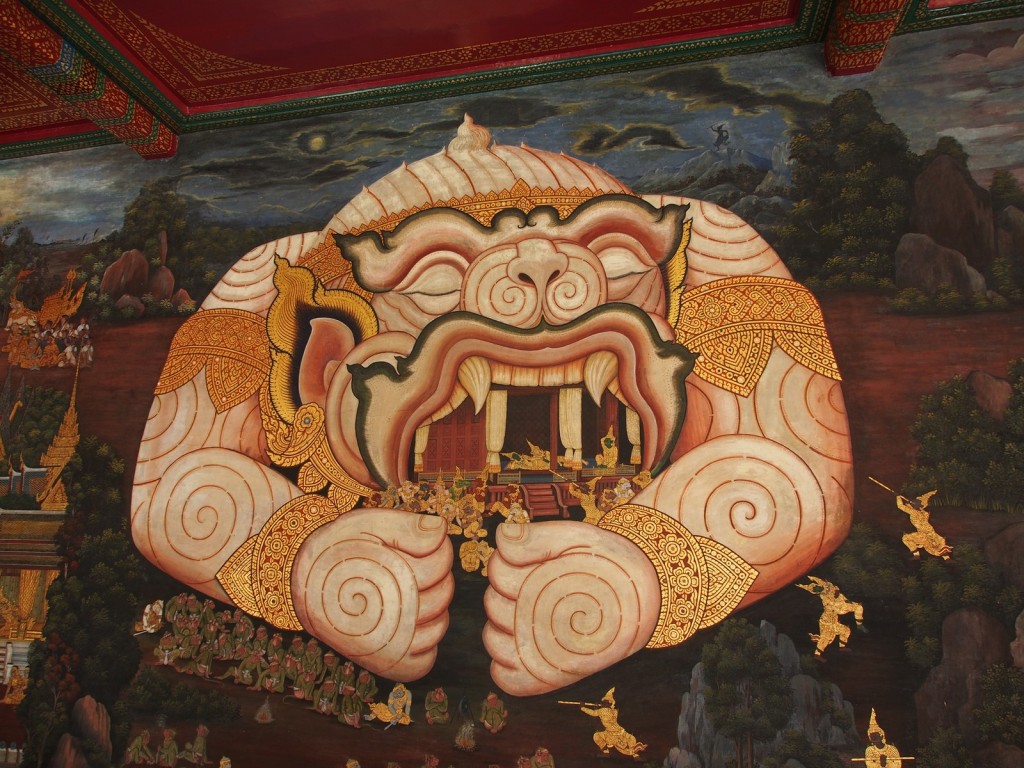
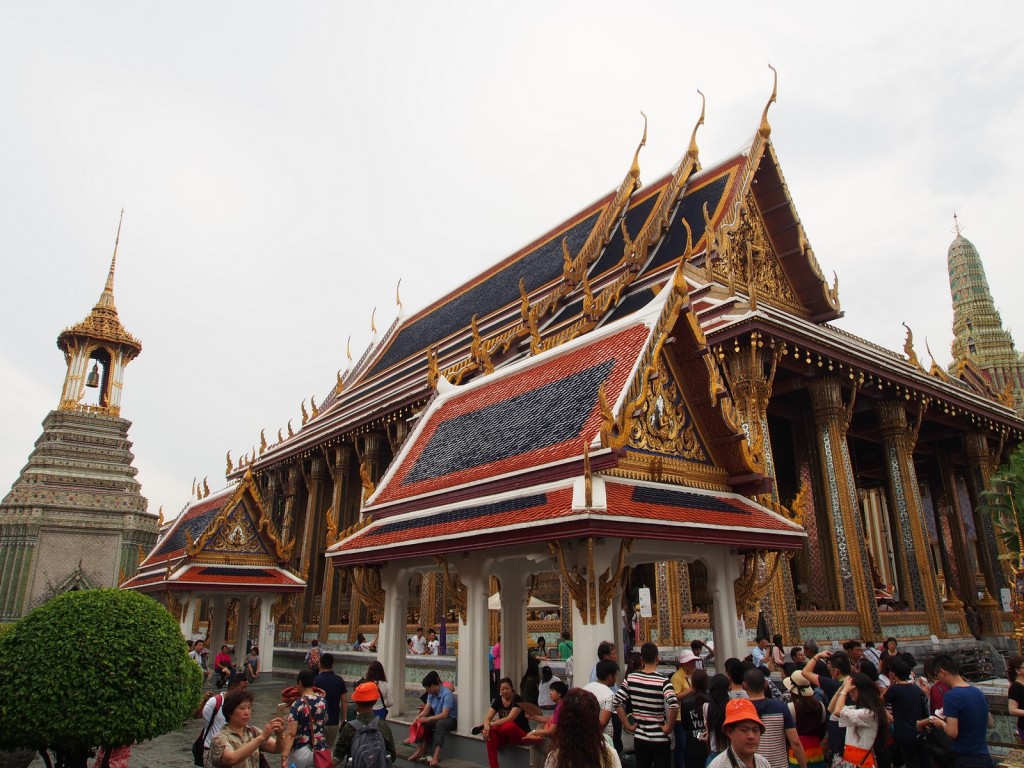

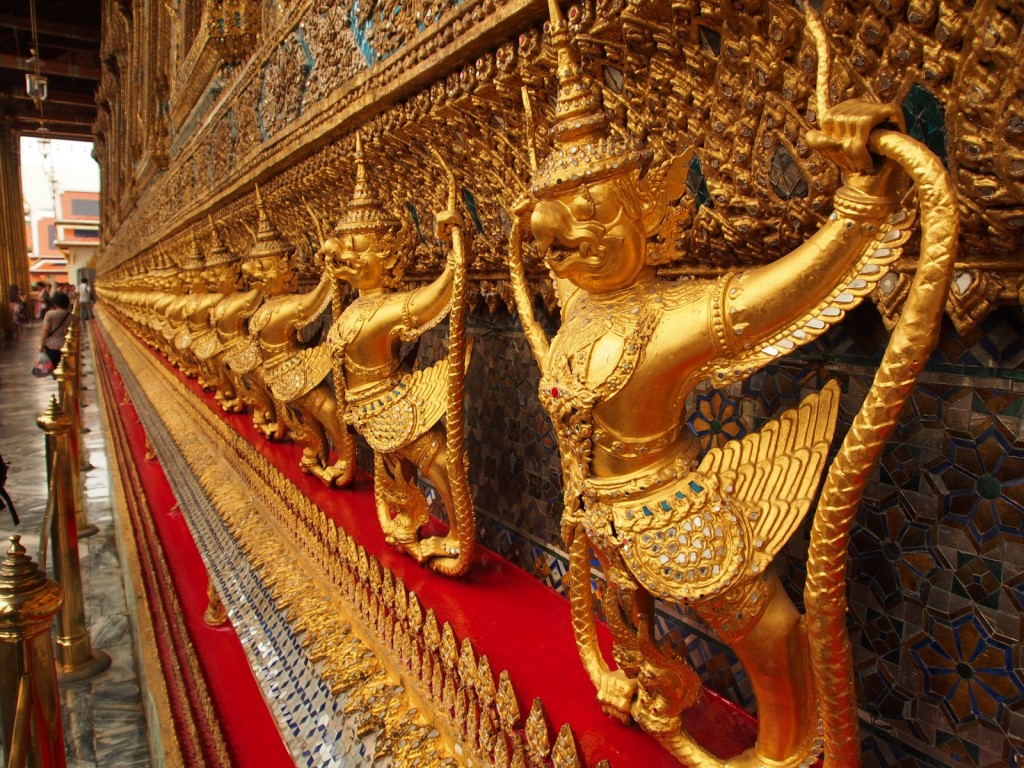
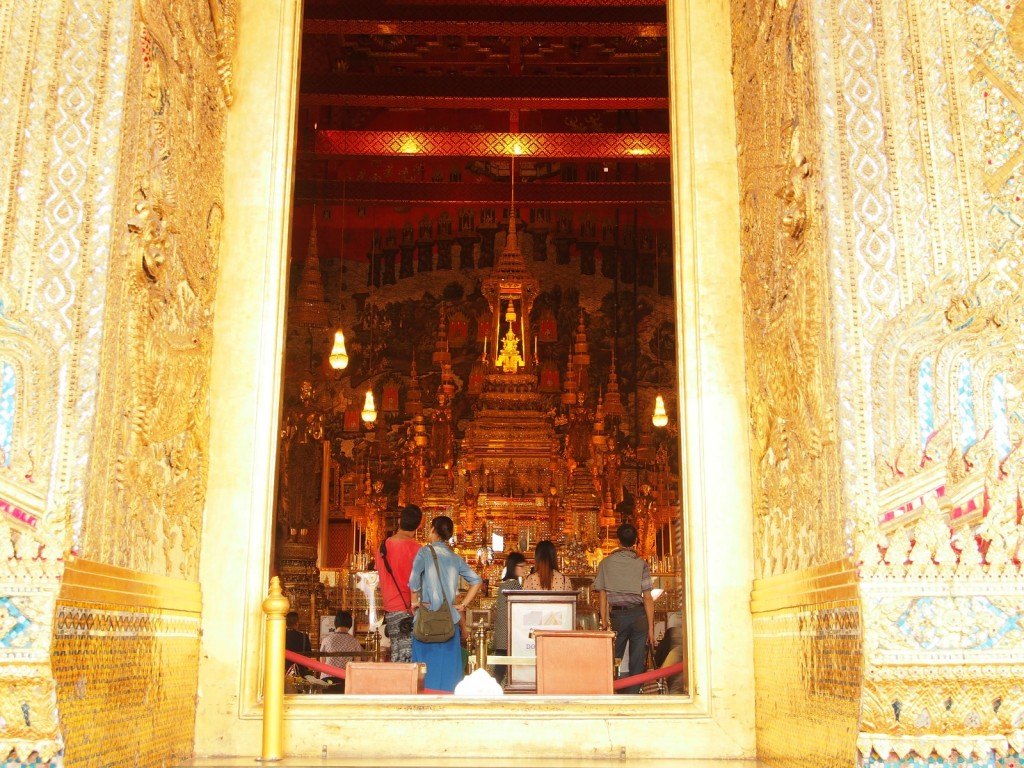
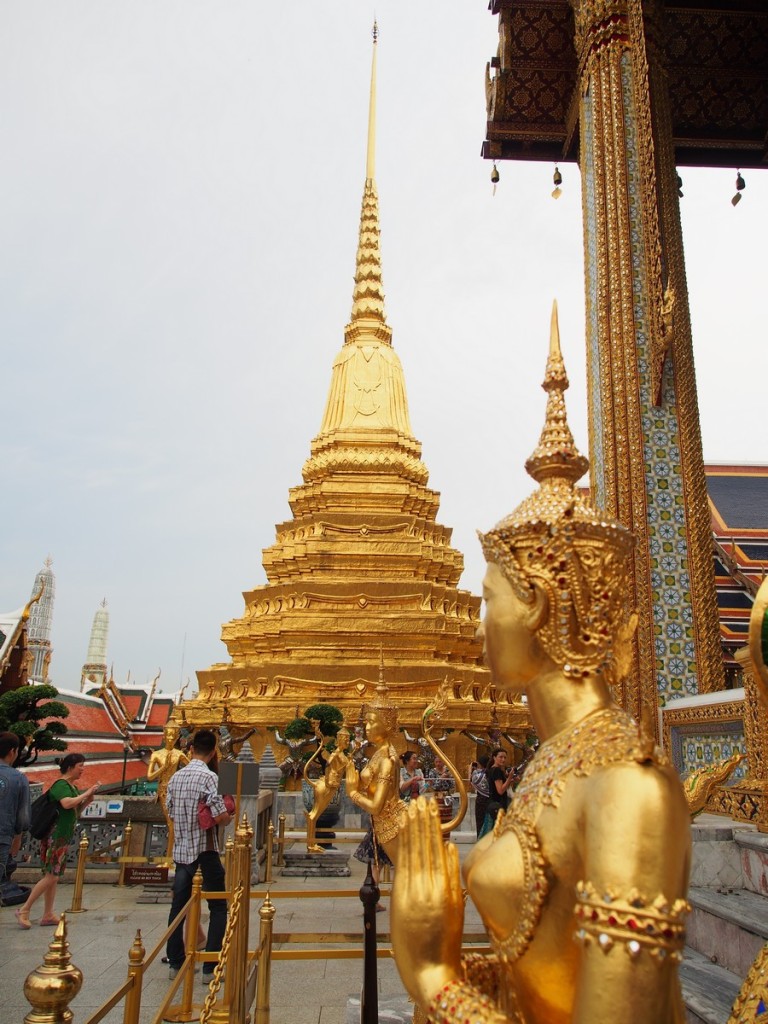
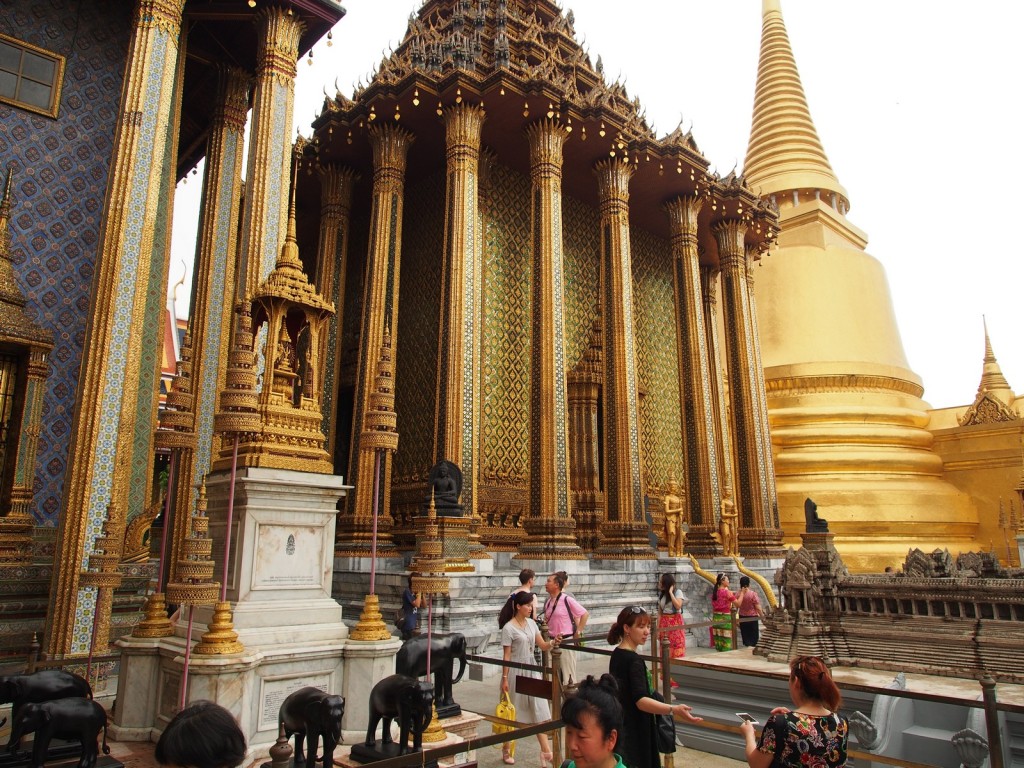
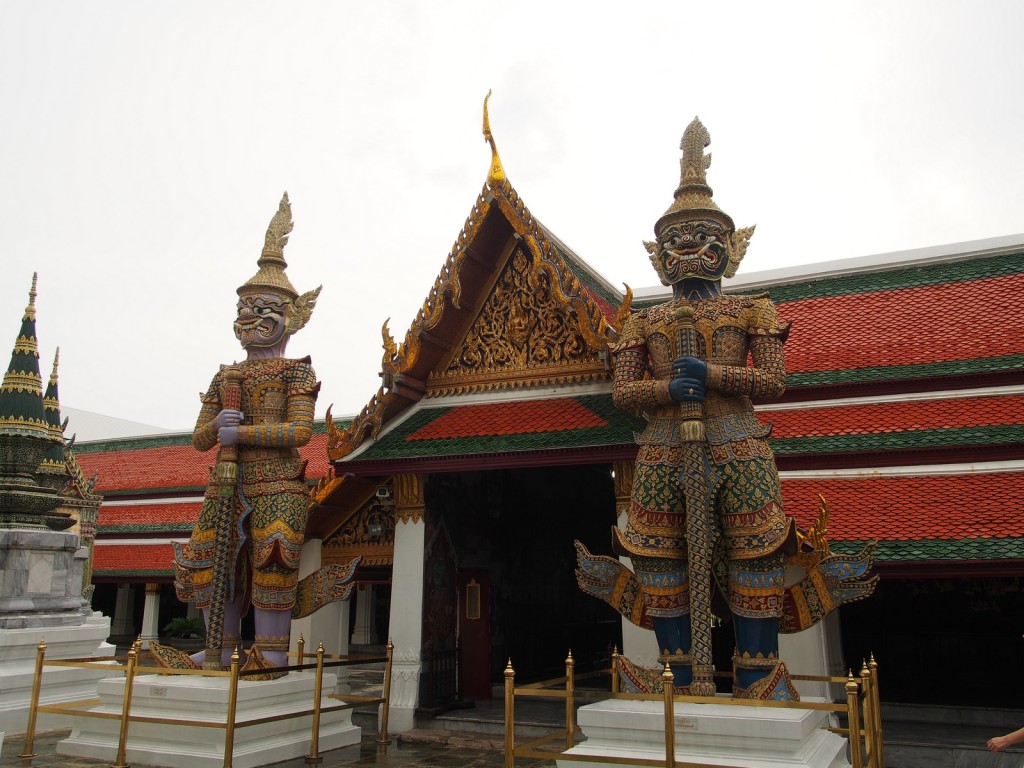
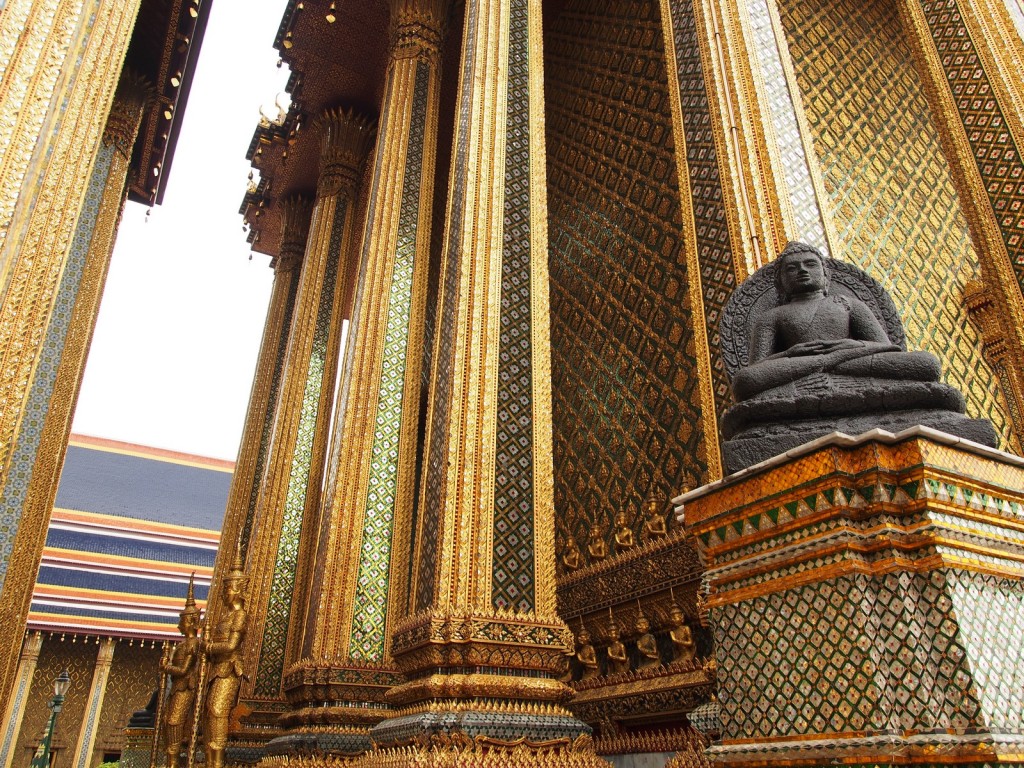
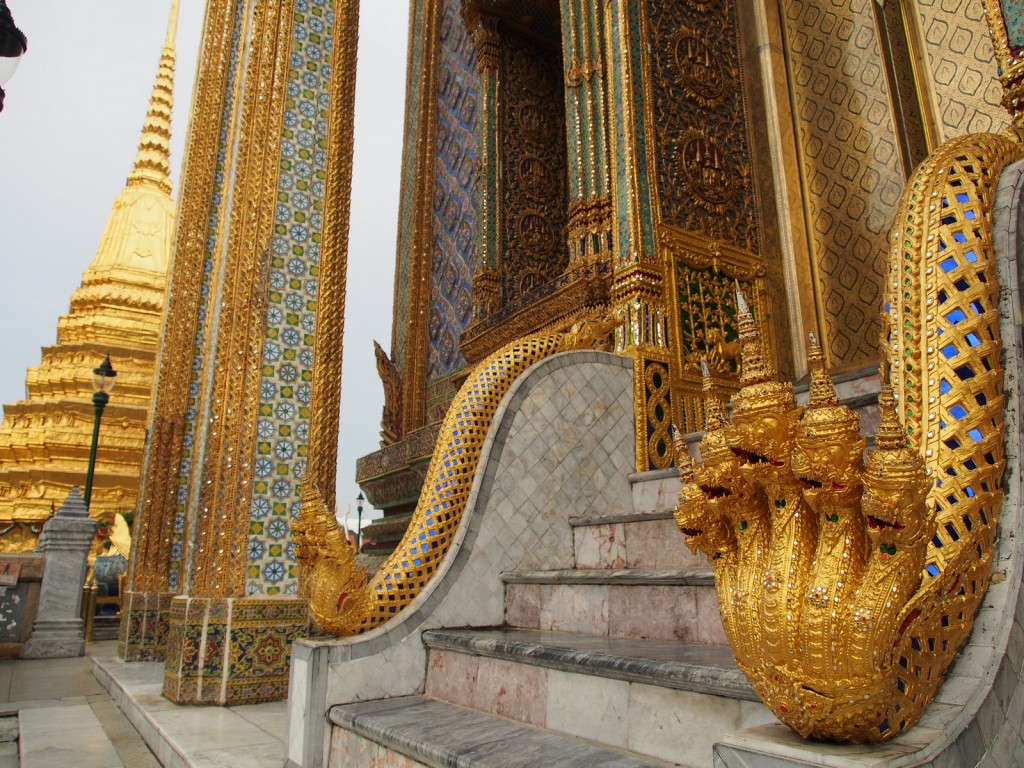
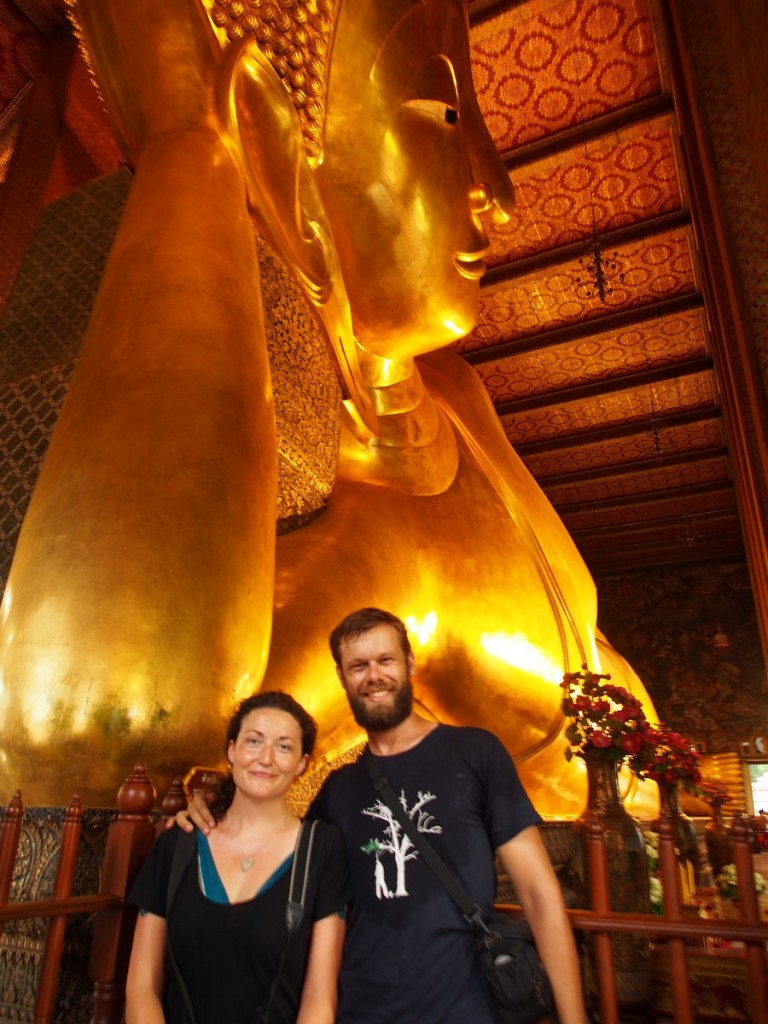


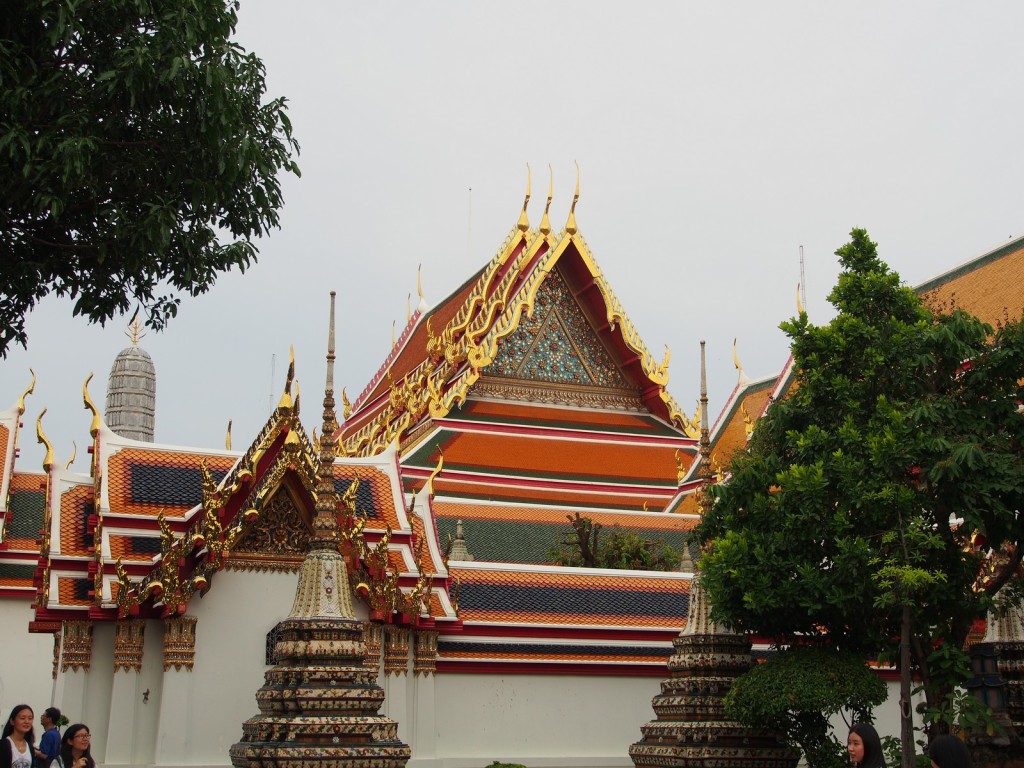

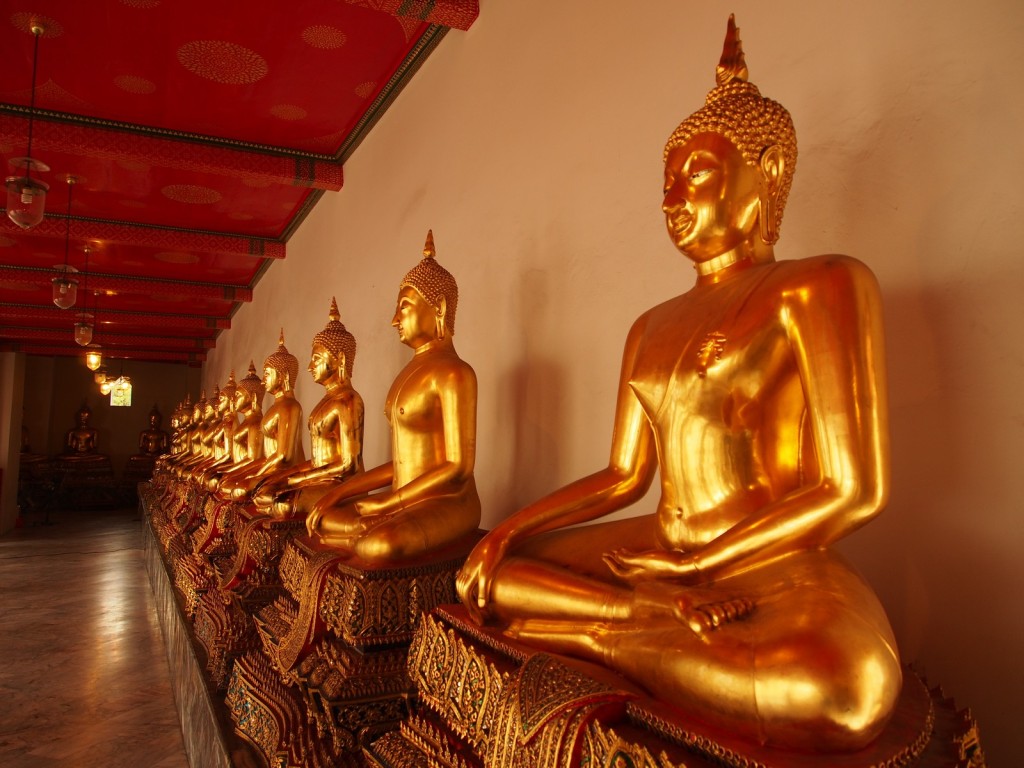
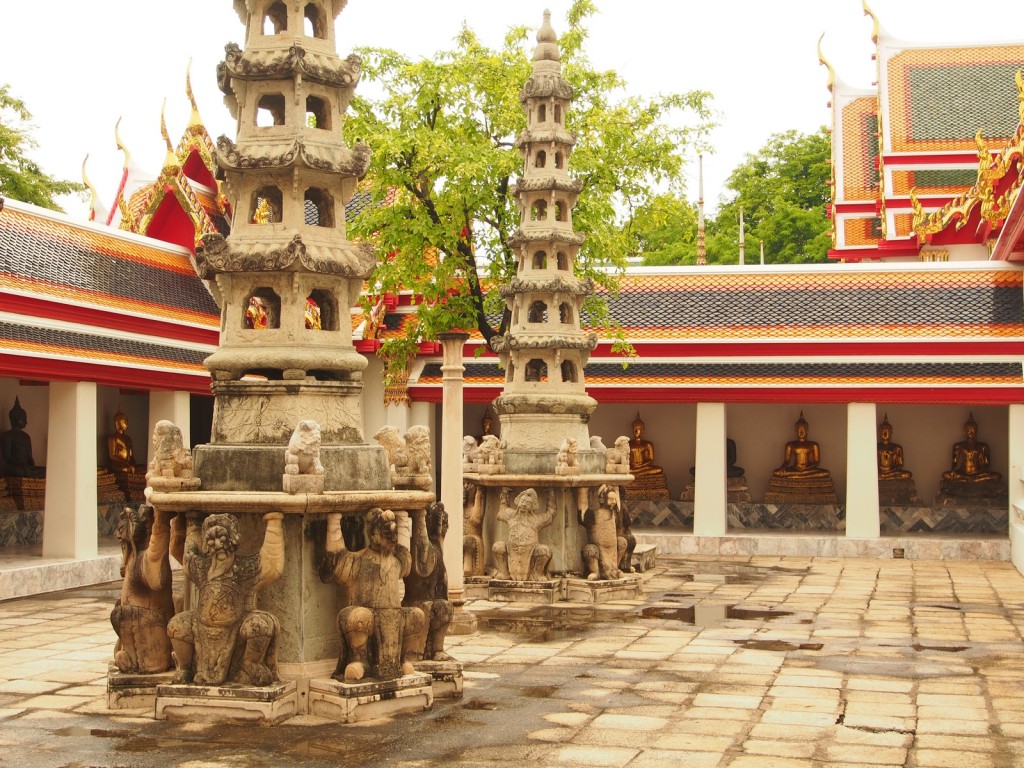
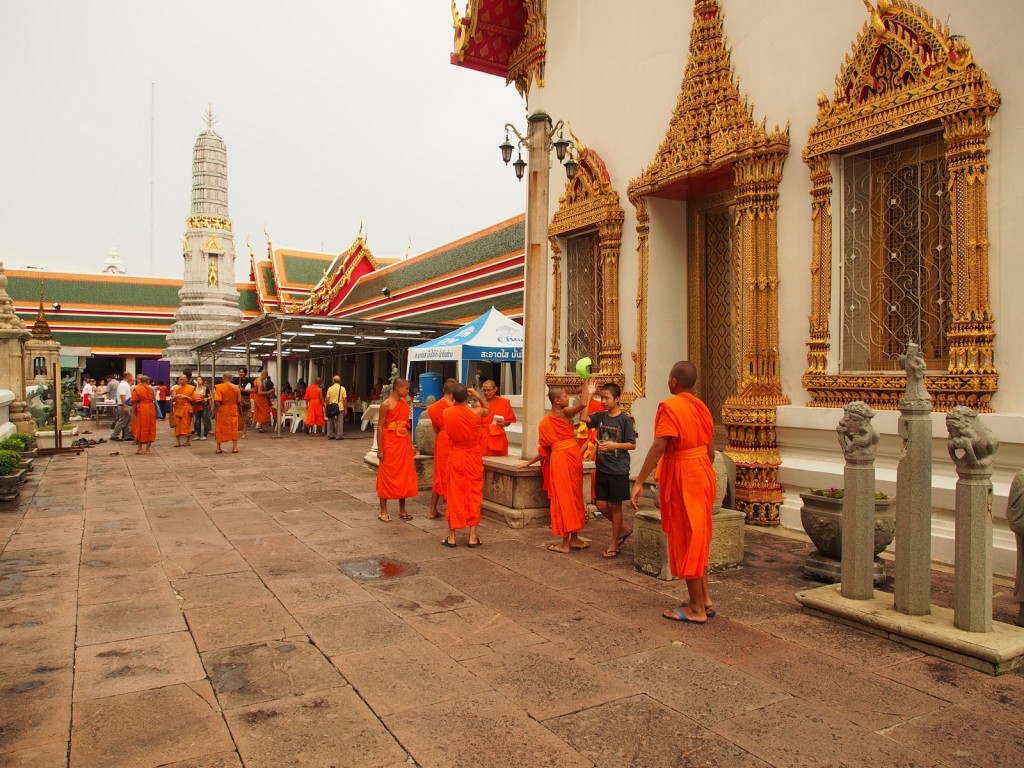
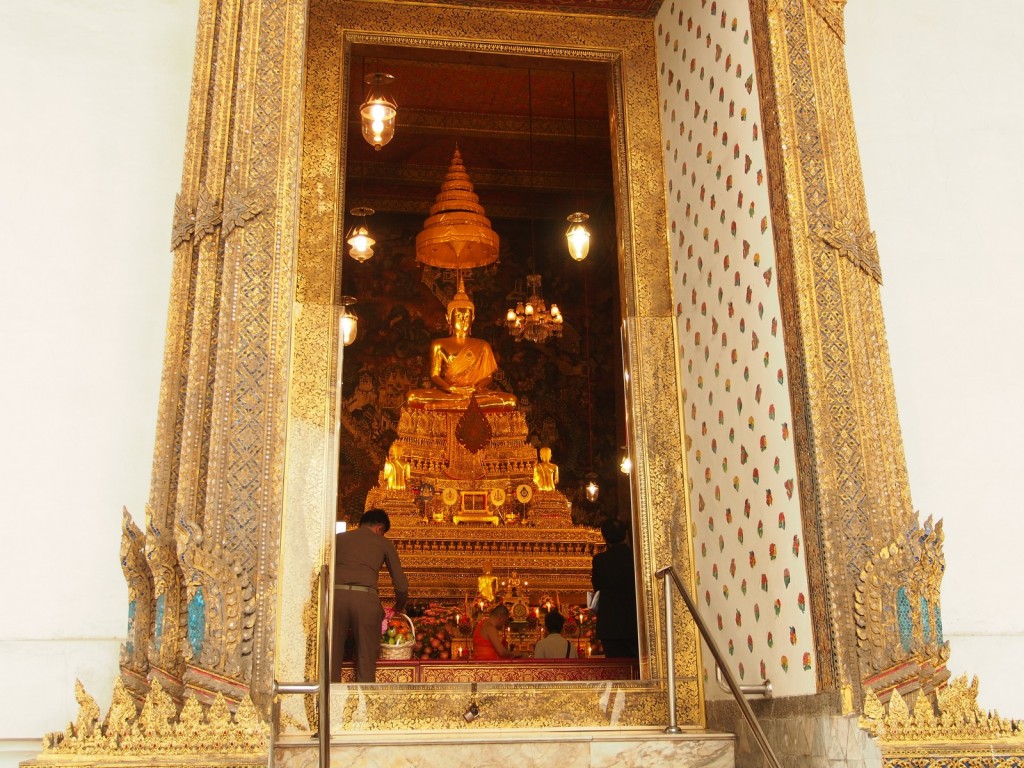
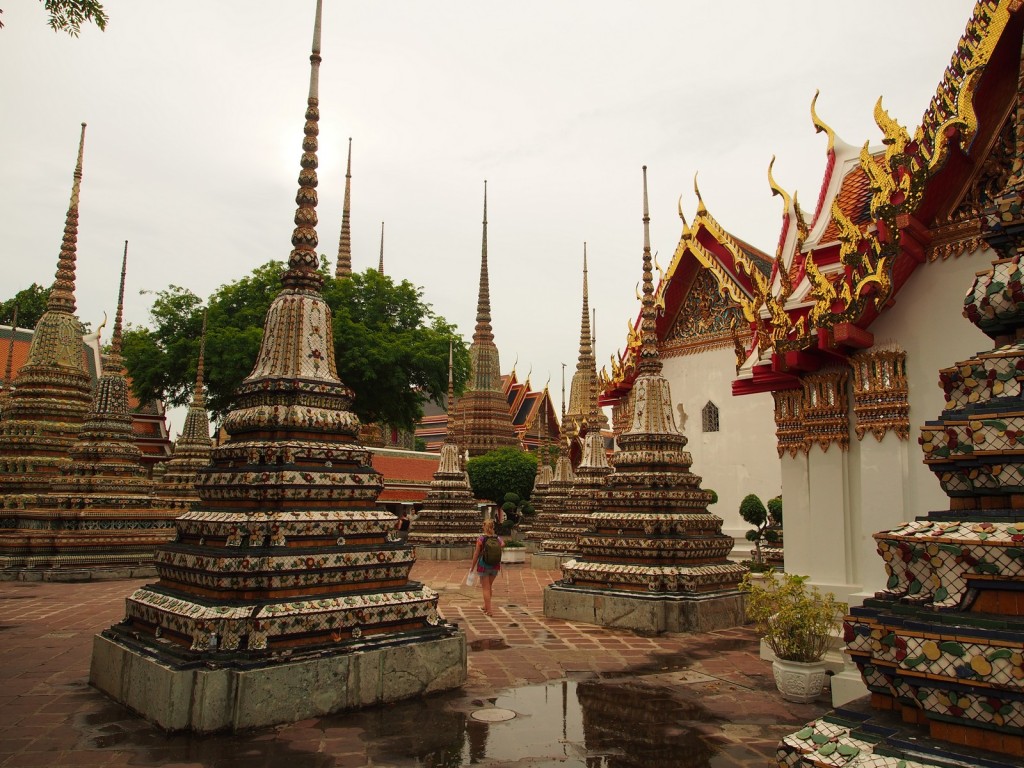
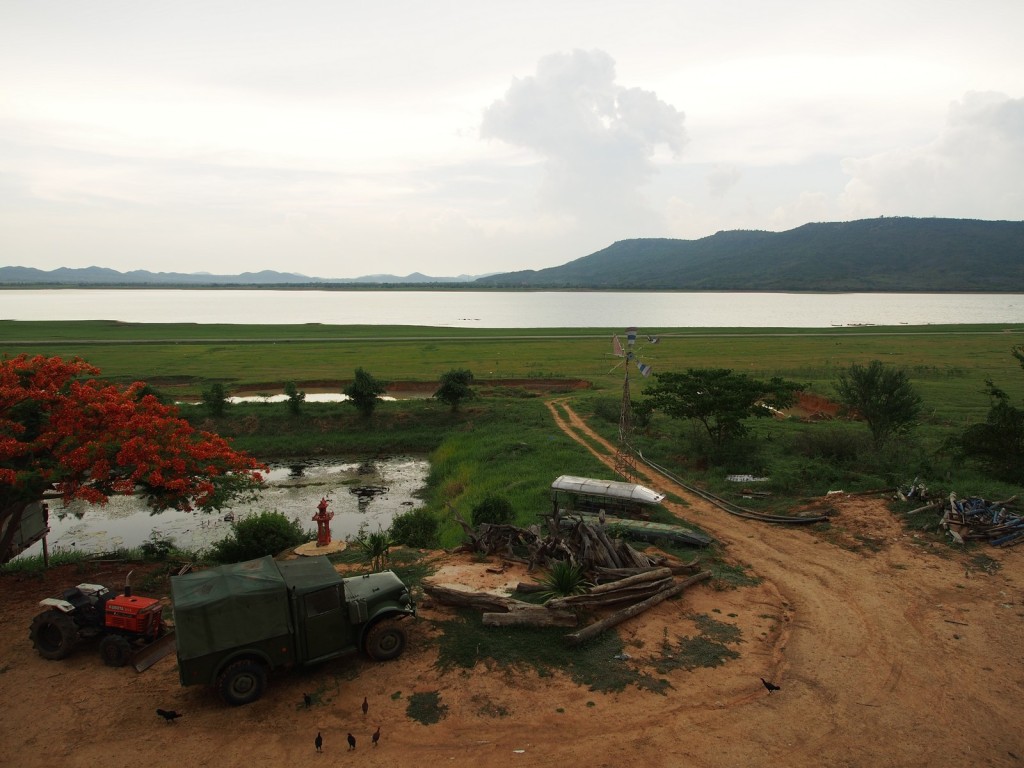


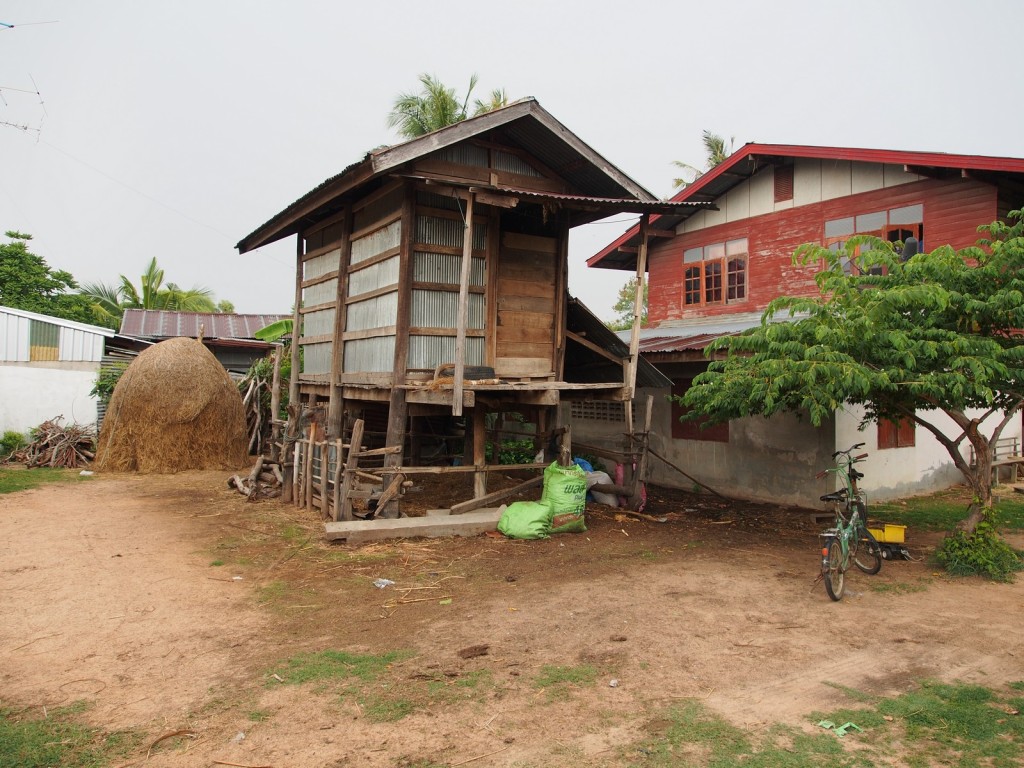
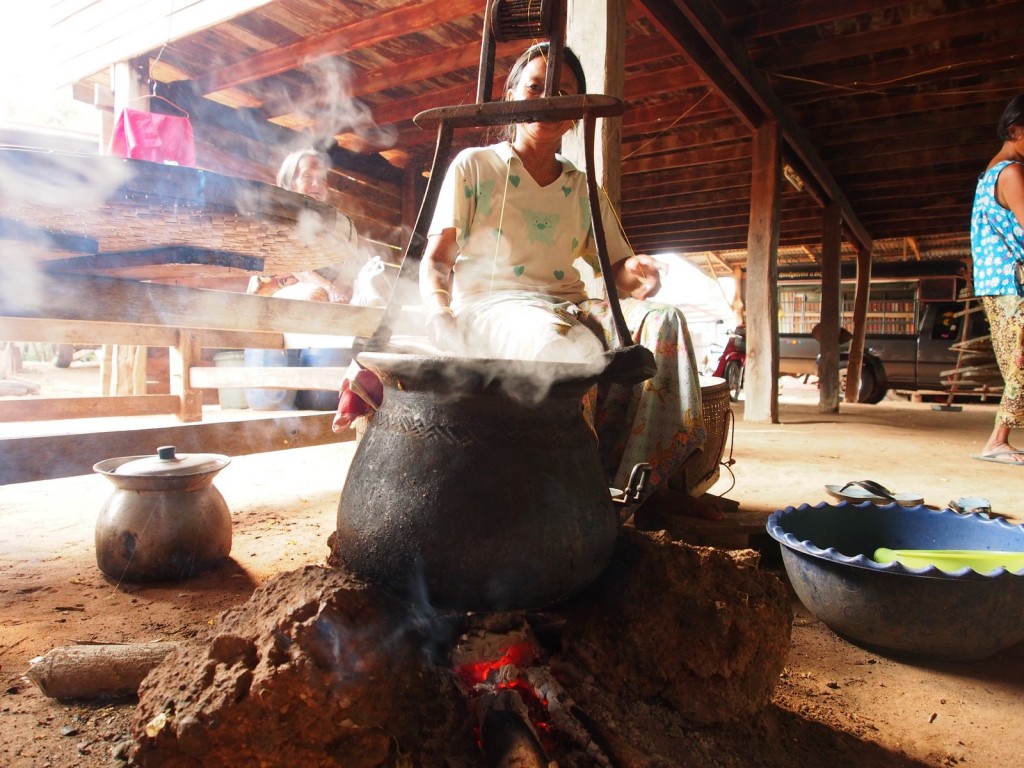

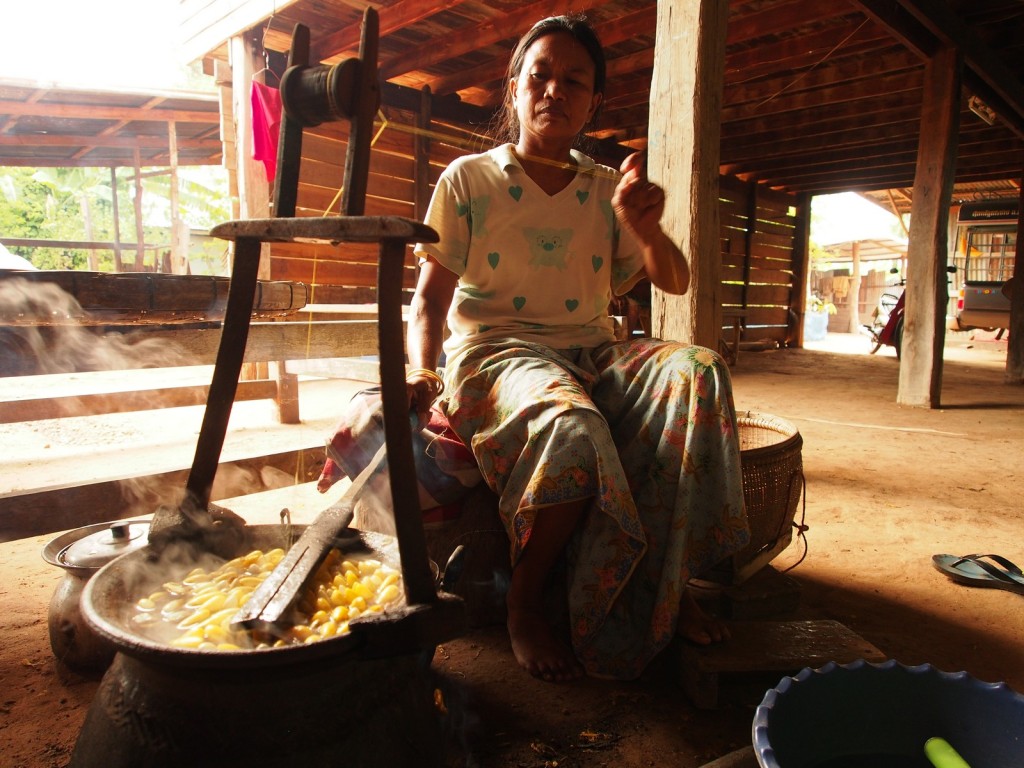
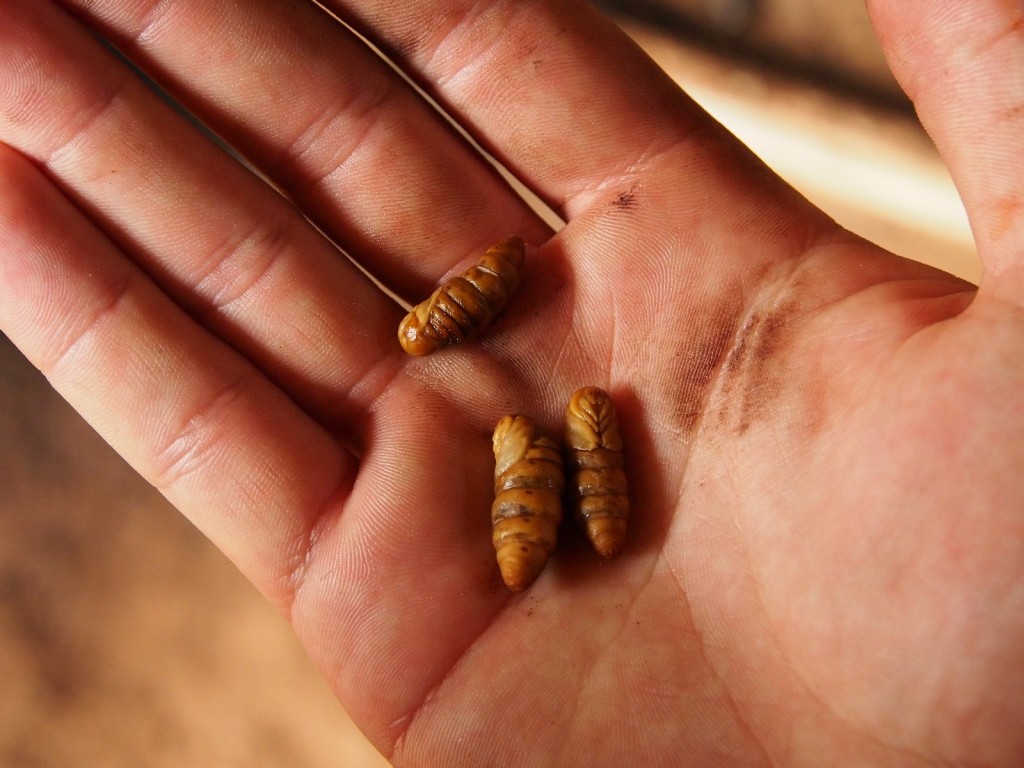
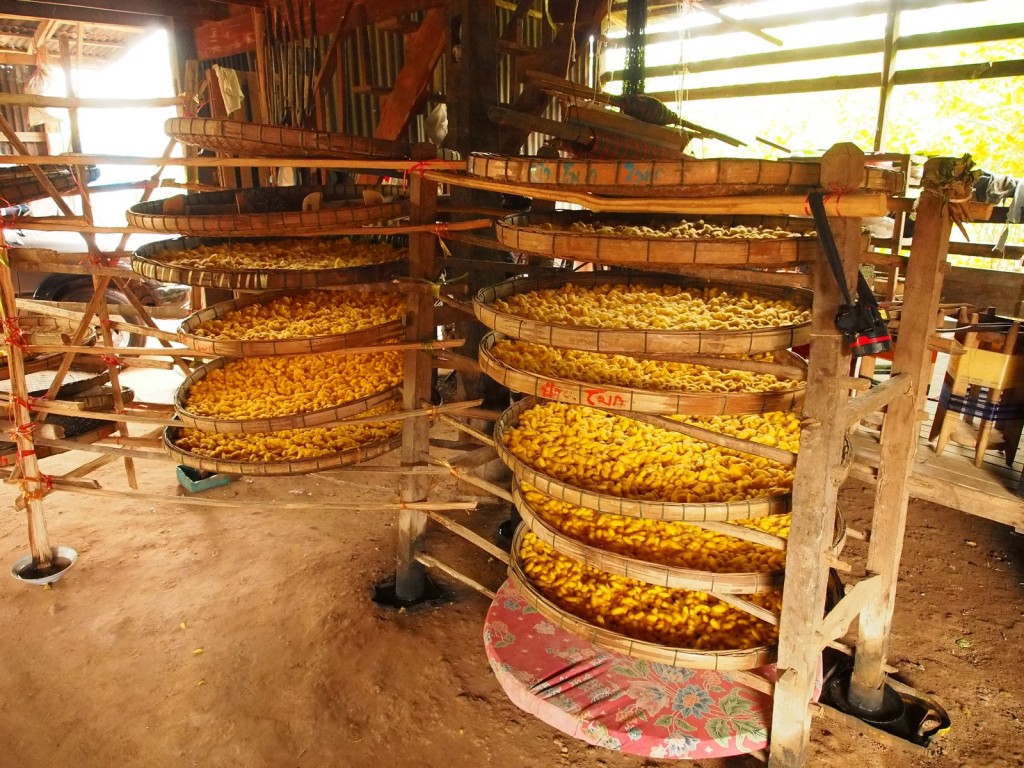
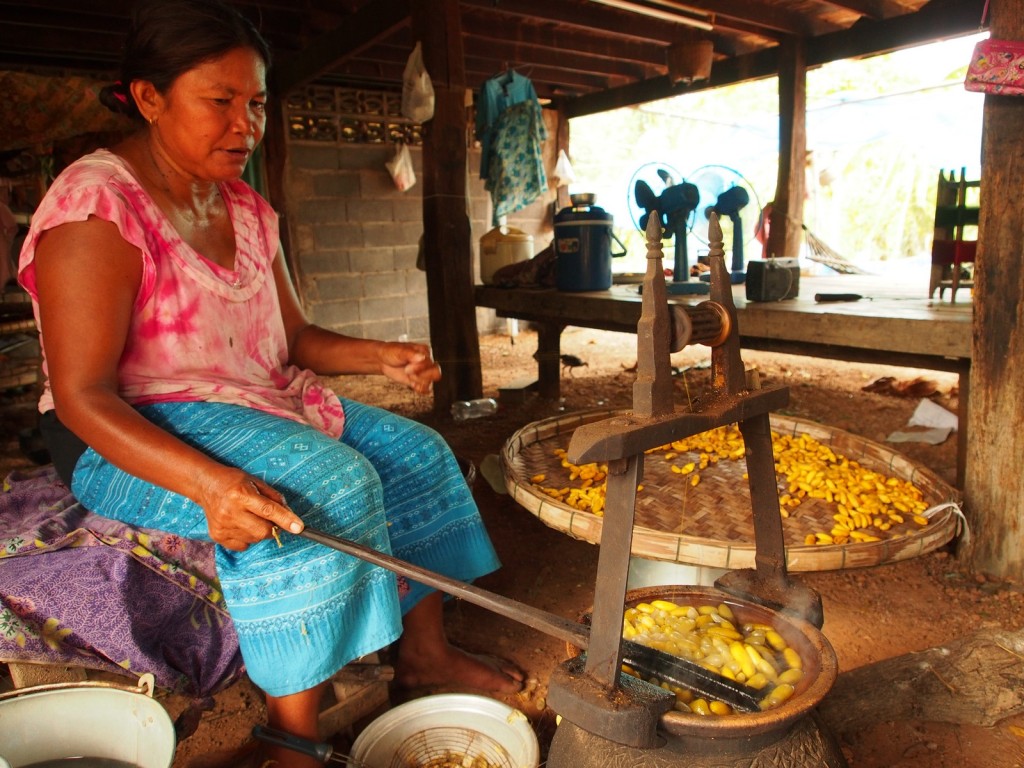
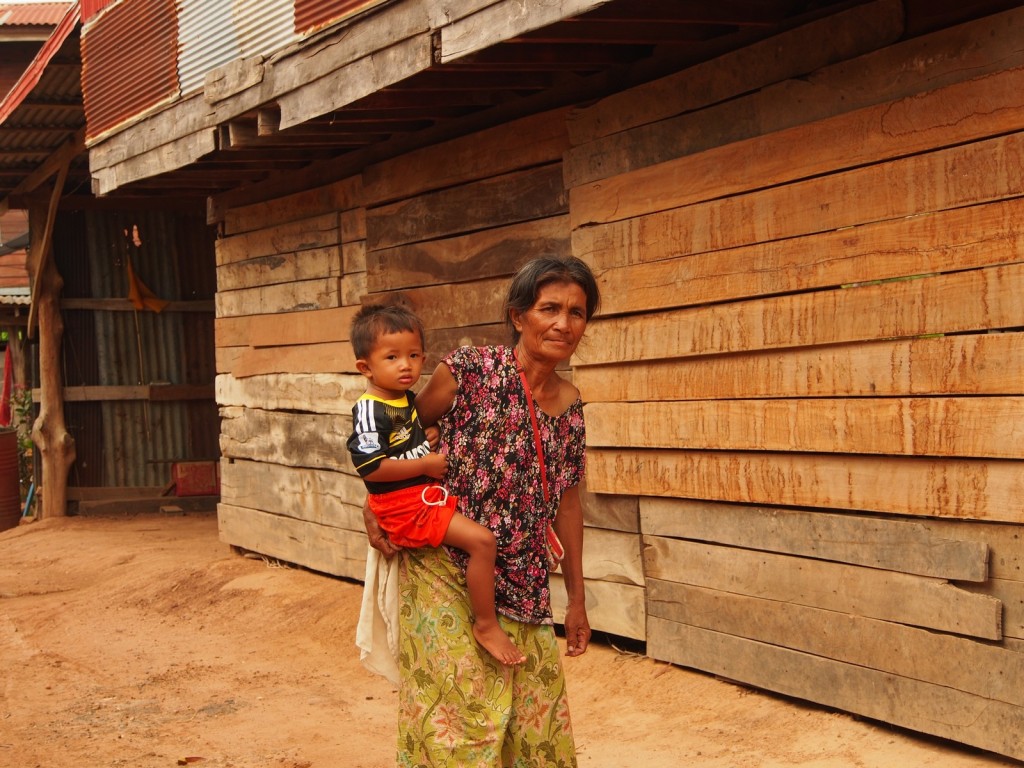
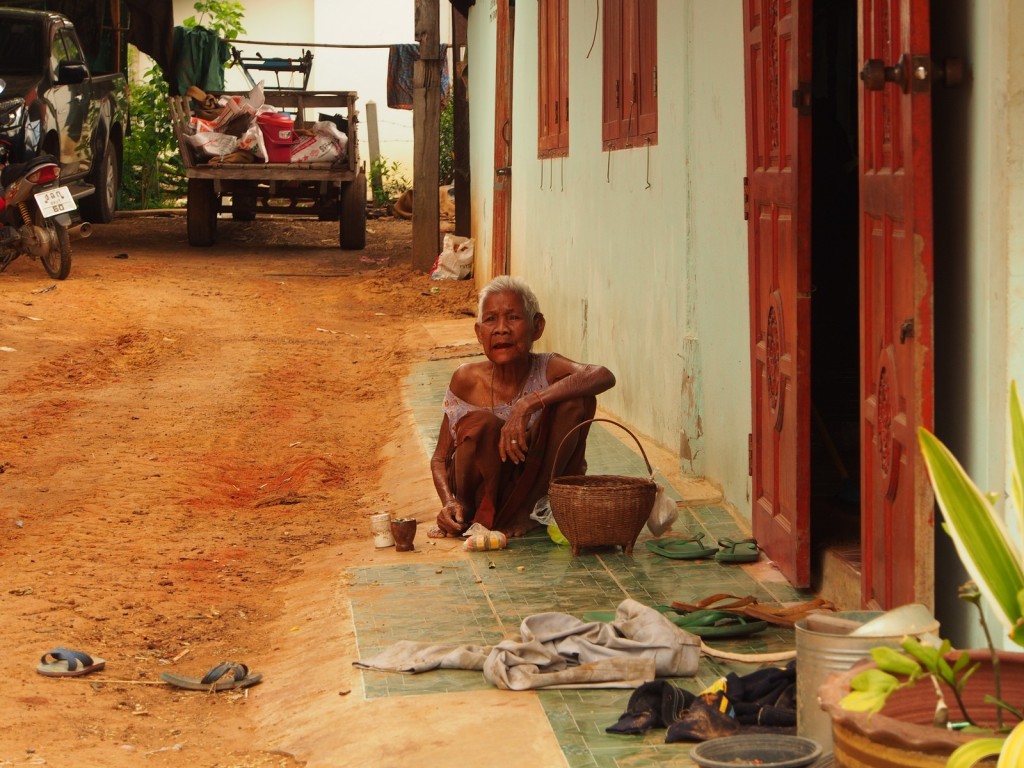
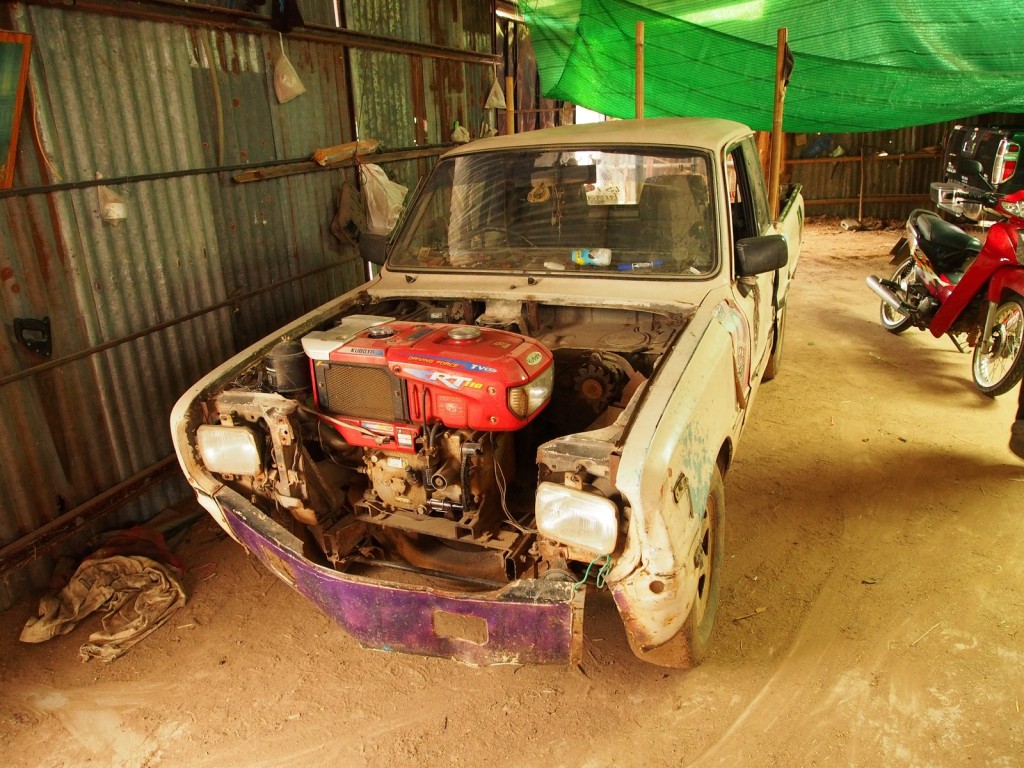

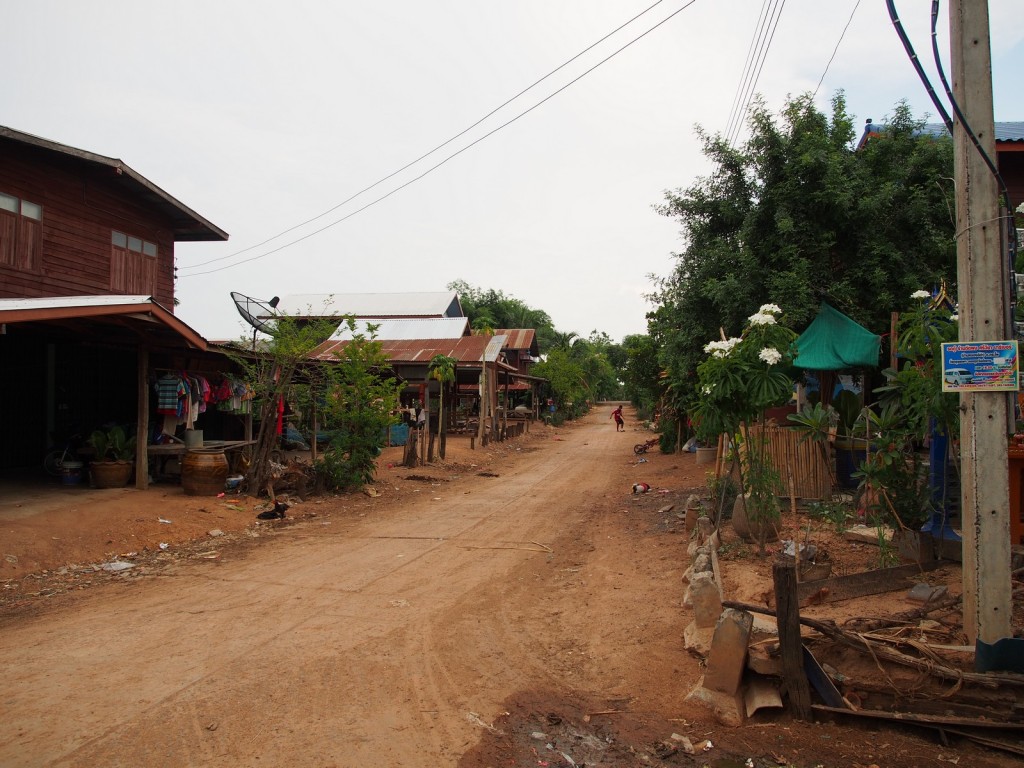

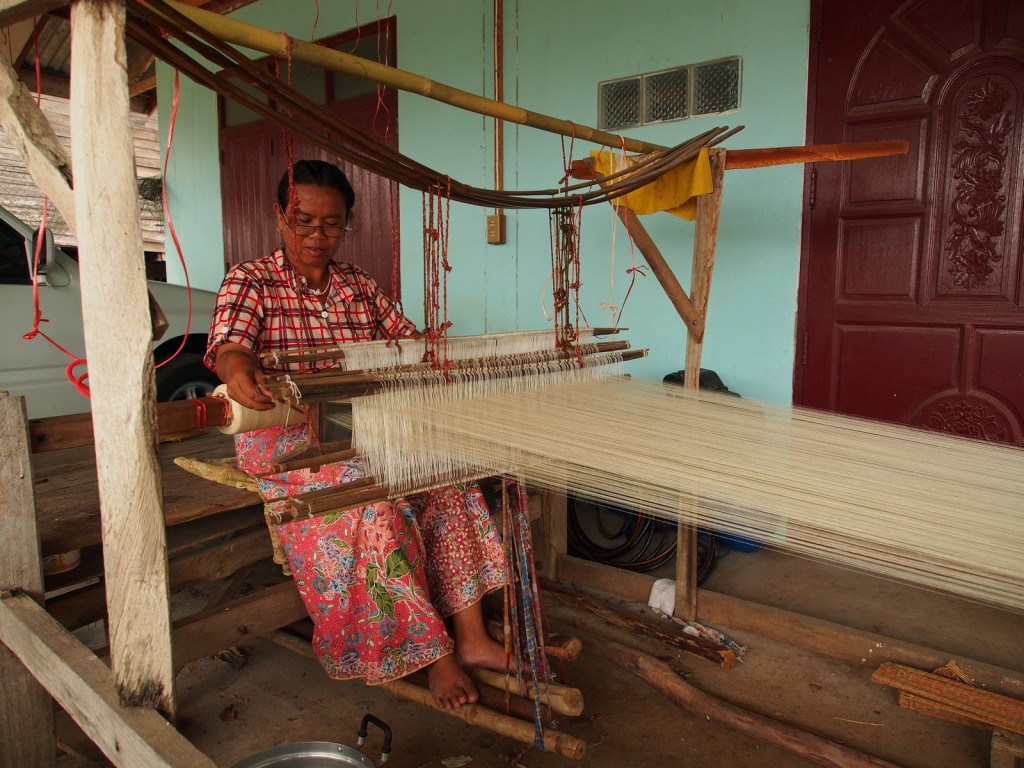
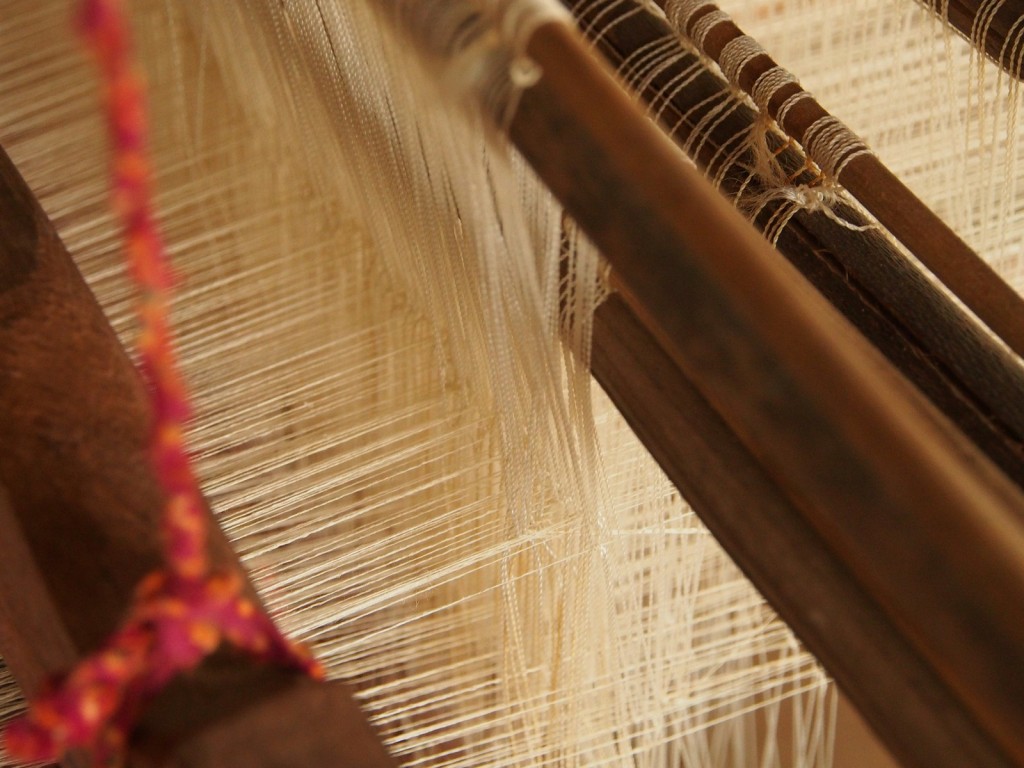
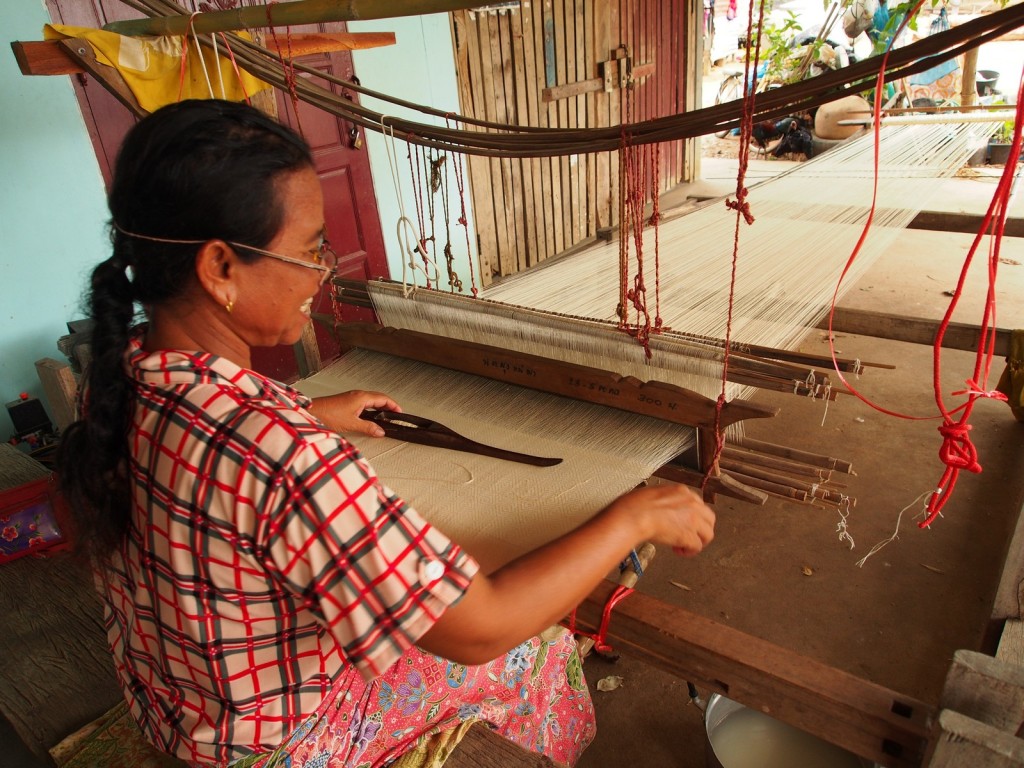
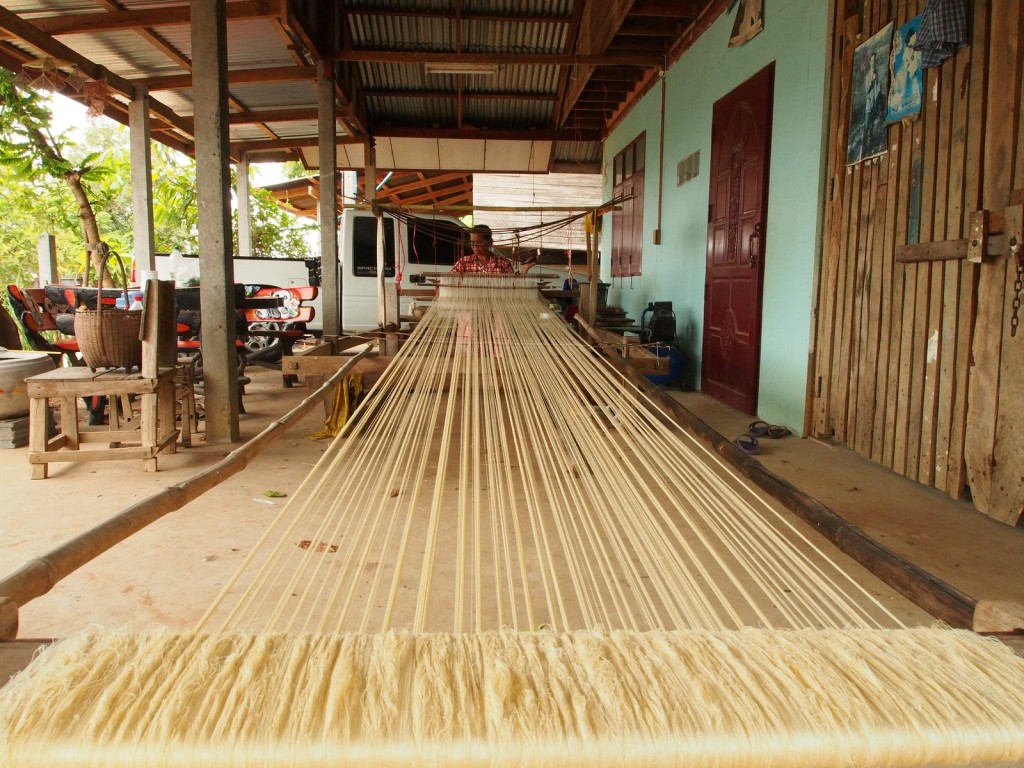
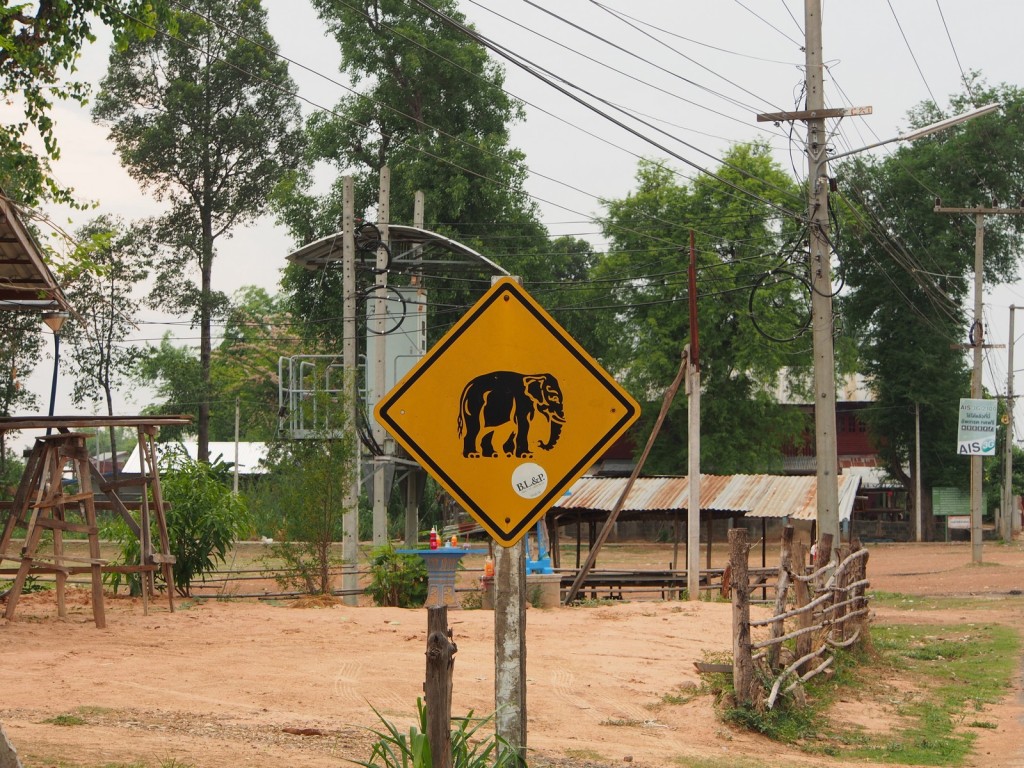
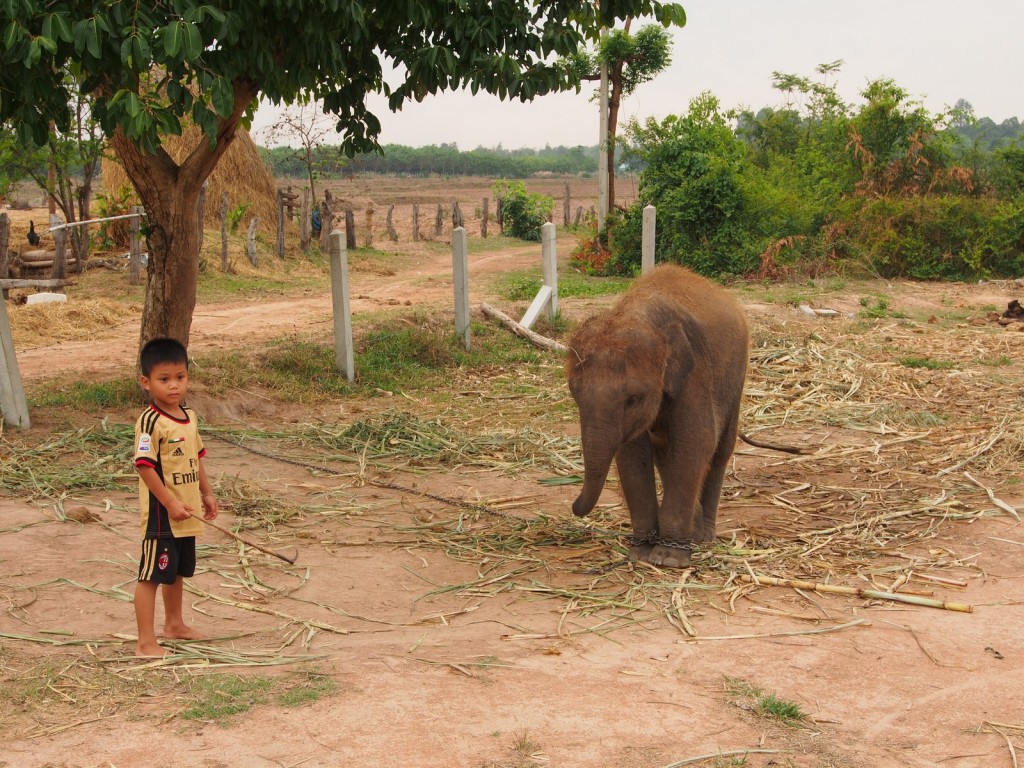

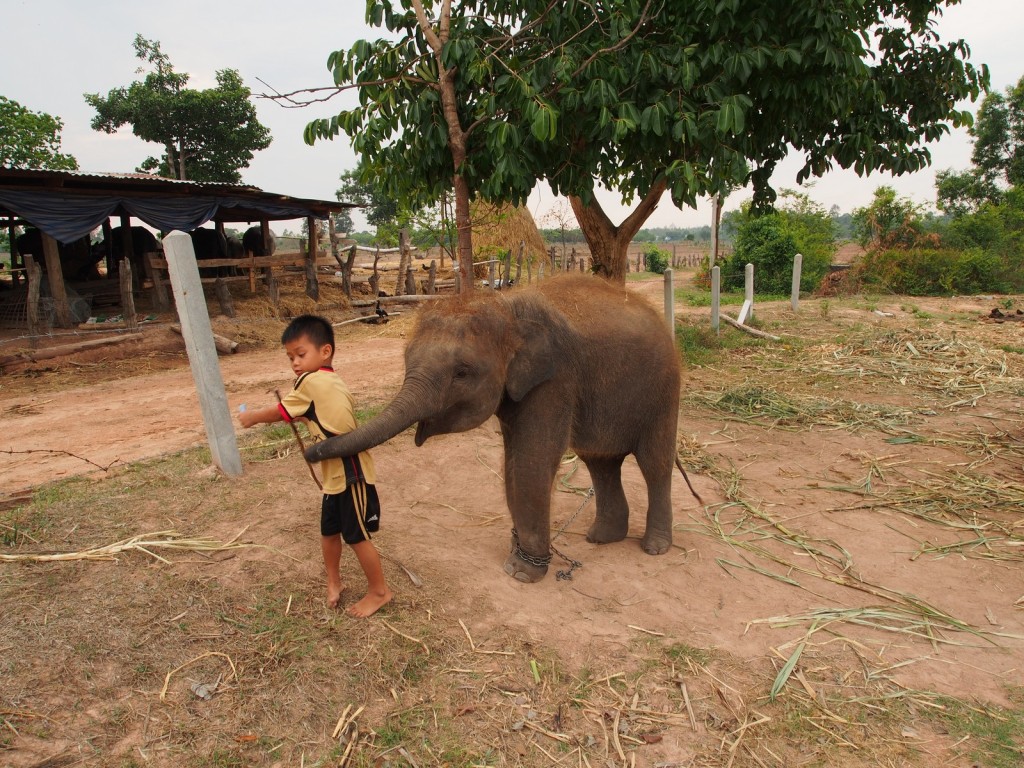
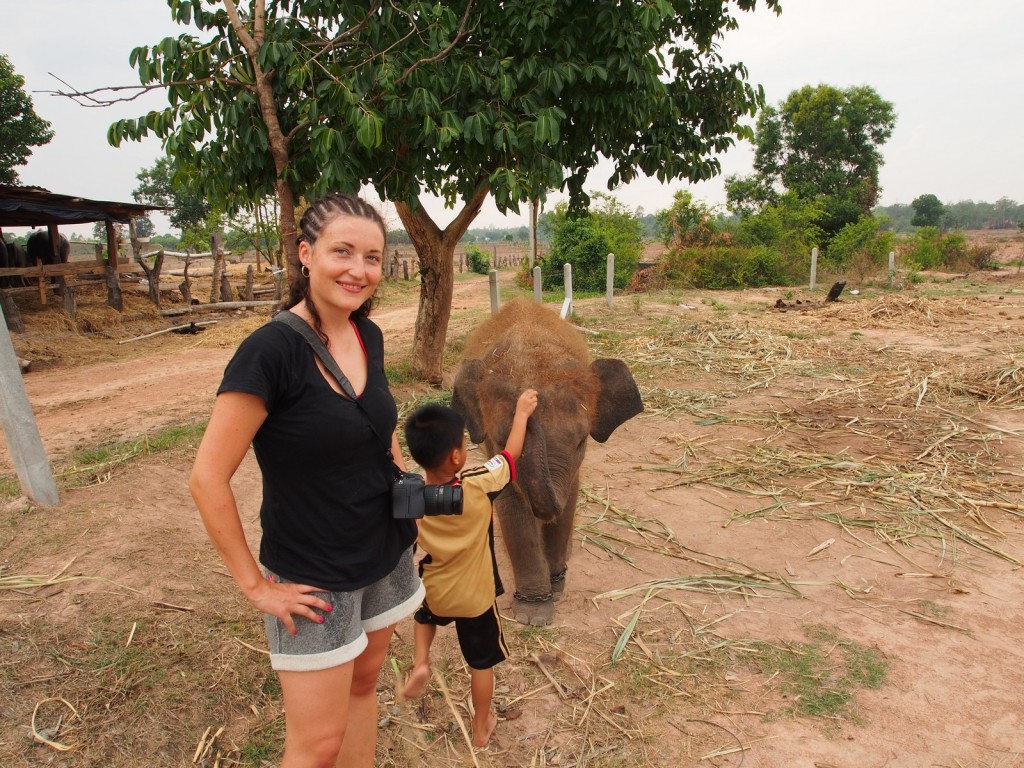

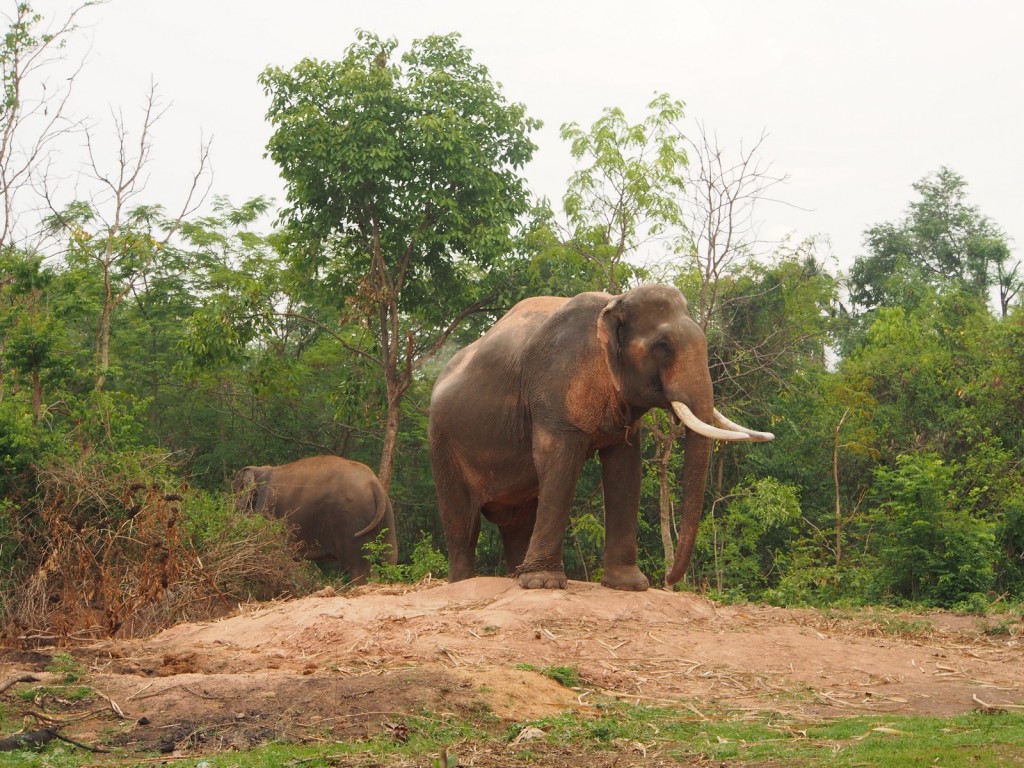

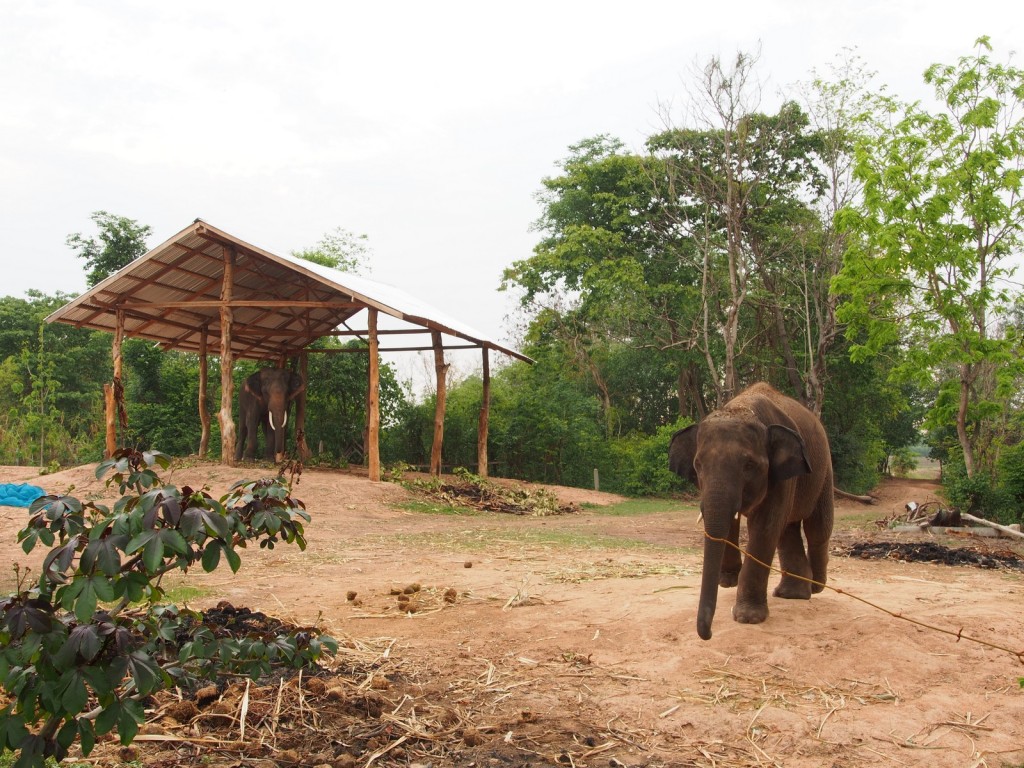
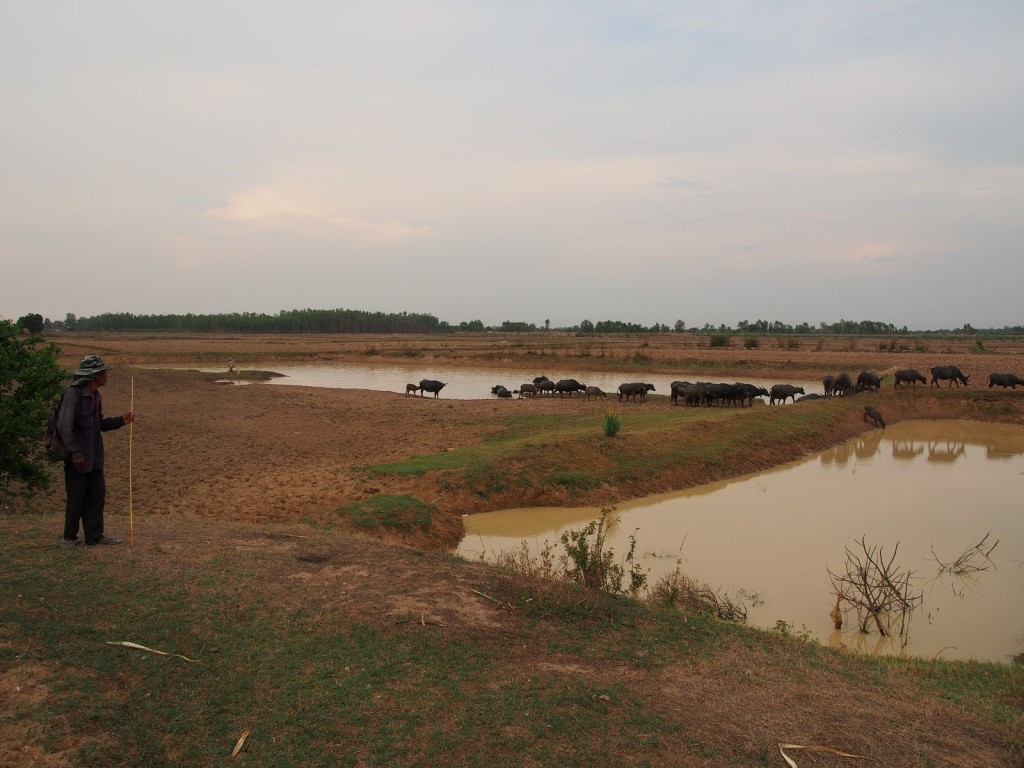
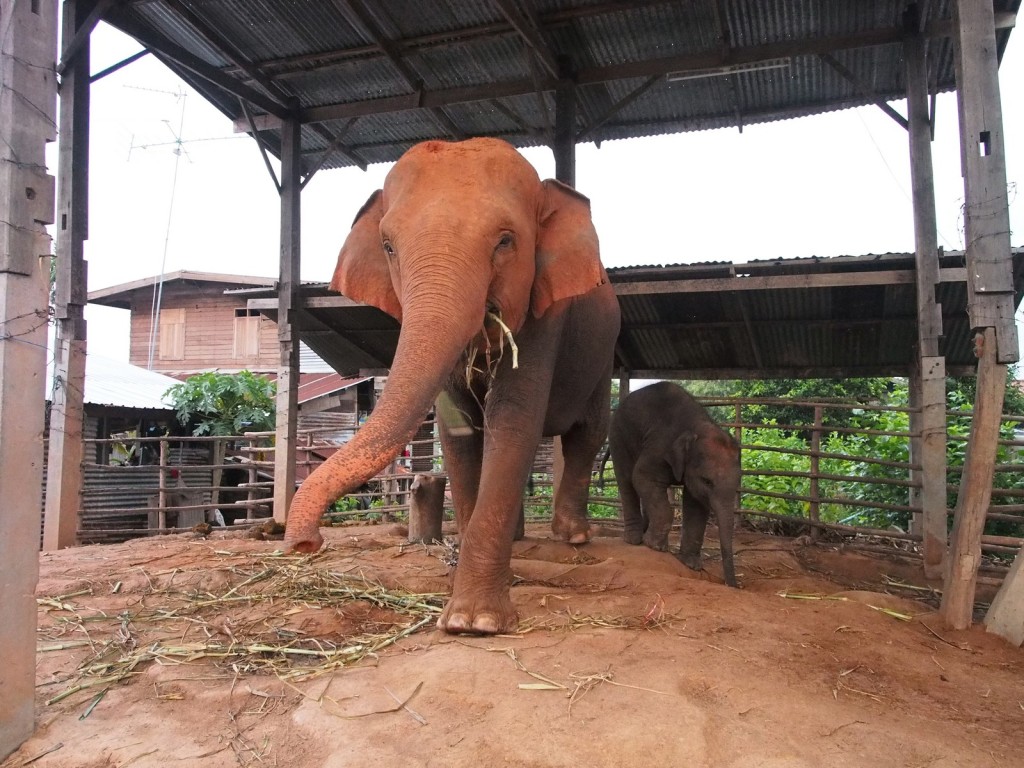

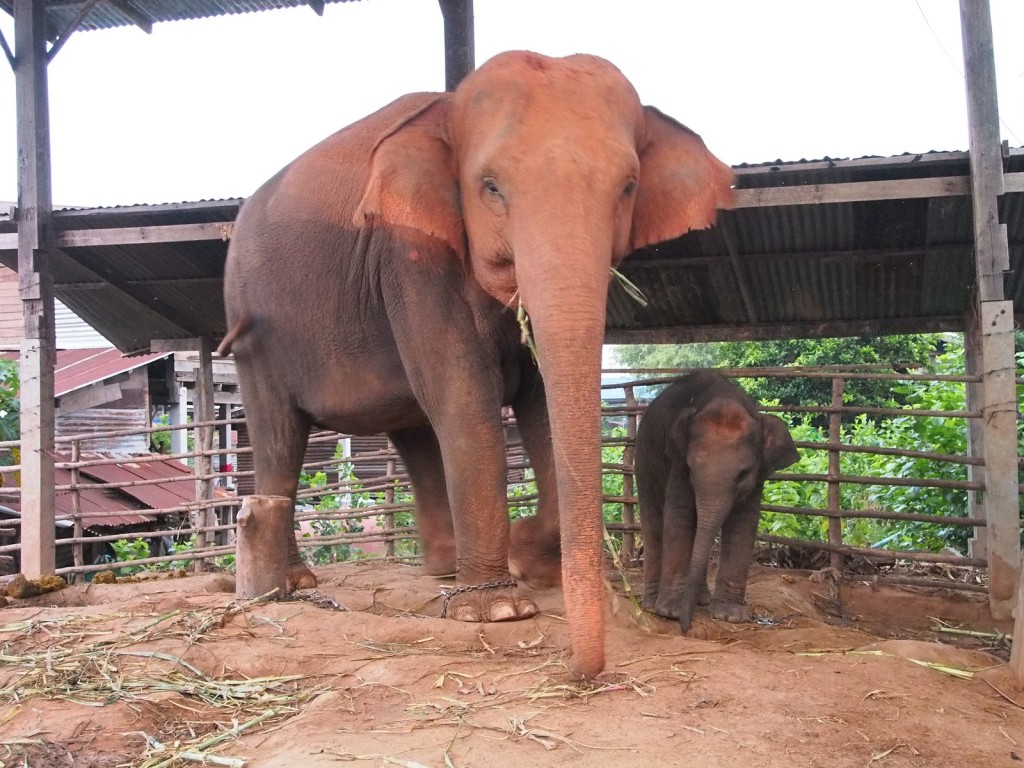
We’ve seen an elephant warning sign or two in Africa!!